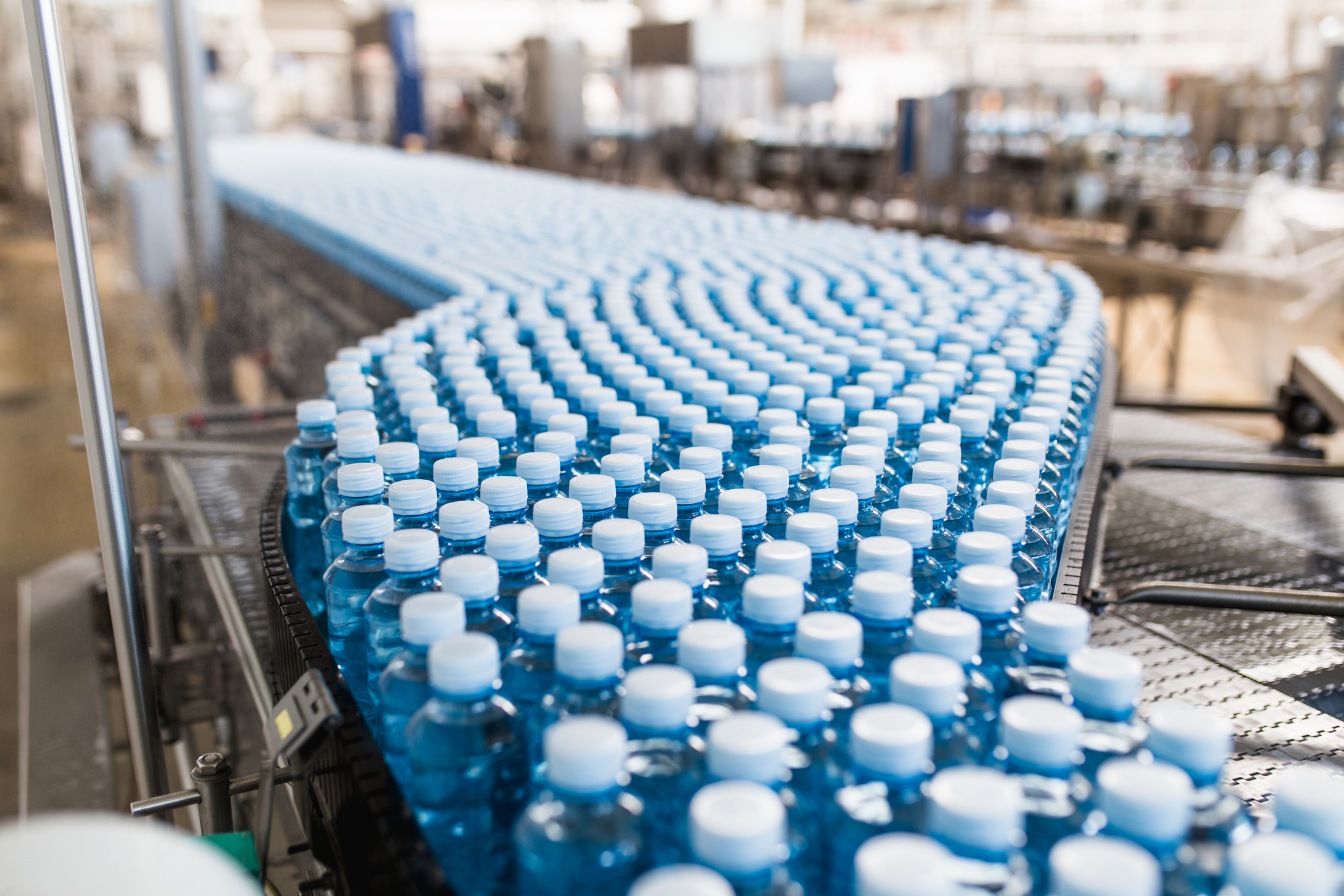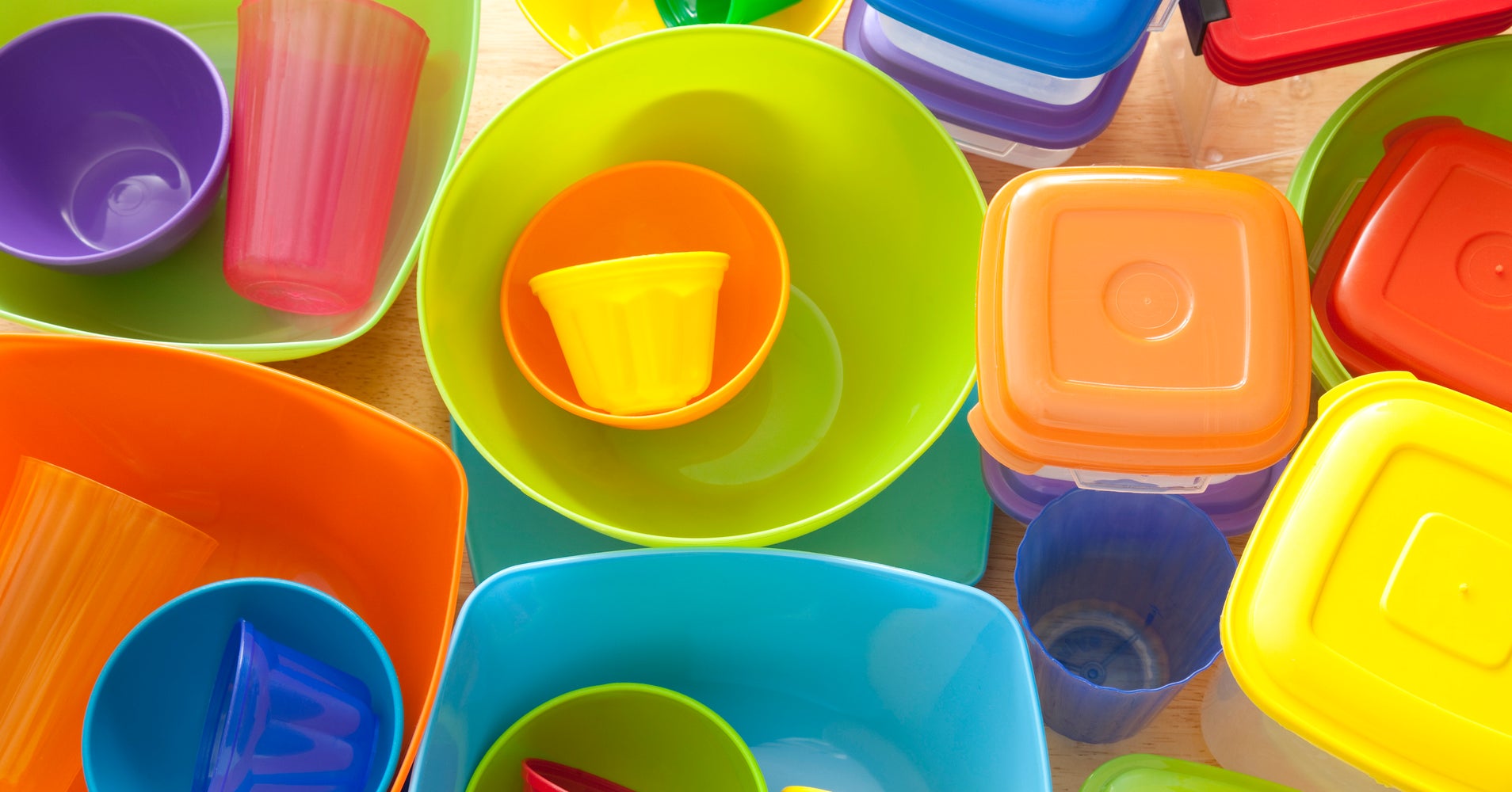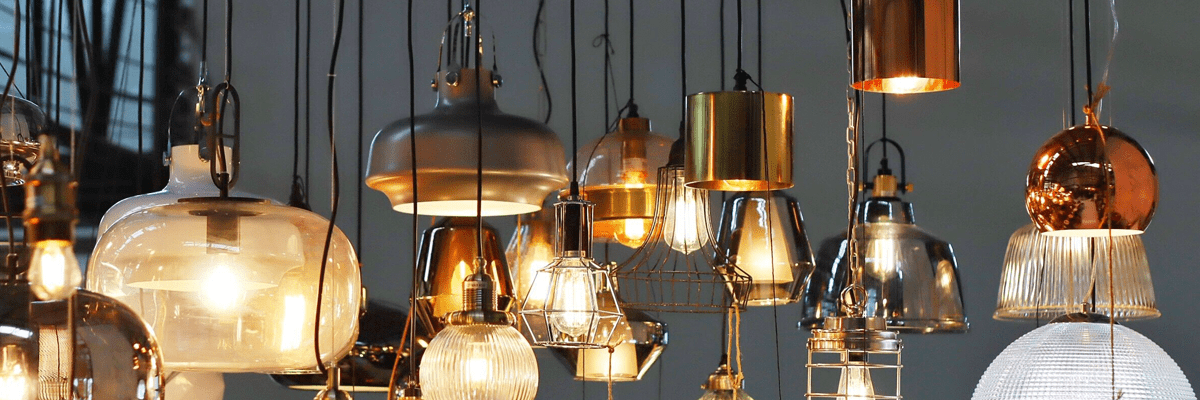Cotton
Cotton is one of the most commonly used materials for mattress covers, and for good reason. It is a natural, breathable fabric that is soft to the touch and comfortable to sleep on. It is also hypoallergenic and easy to clean, making it a popular choice for those with allergies or sensitive skin. In addition, cotton is a sustainable and eco-friendly option, making it a top choice for those looking for more environmentally friendly bedding.
Polyester
Polyester is a synthetic material that is often blended with cotton to create a more durable and wrinkle-resistant fabric. It is also a budget-friendly option, making it a popular choice for those on a tighter budget. However, polyester can trap heat and moisture, so it may not be the best choice for those who tend to sleep hot.
Microfiber
Microfiber is a type of polyester that is known for its softness and durability. It is also a moisture-wicking material, making it a good choice for those who tend to sweat while sleeping. Microfiber is also stain-resistant and easy to care for, making it a practical option for those looking for low maintenance bedding.
Bamboo
Bamboo is a sustainable and eco-friendly material that is becoming increasingly popular in the bedding industry. It is known for its softness, breathability, and moisture-wicking properties. Bamboo is also naturally hypoallergenic and antimicrobial, making it a great option for those with allergies or sensitive skin.
Silk
Silk is a luxurious and high-end material that is often used in high-end mattresses. It is known for its softness and smooth texture, making it a comfortable choice for those who enjoy a more luxurious feel. Silk is also a natural temperature regulator, keeping you cool in the summer and warm in the winter.
Wool
Wool is another natural material that is used in mattress covers. It is a great insulator, making it a good choice for those who live in colder climates. Wool is also hypoallergenic and moisture-wicking, making it a great choice for those who have allergies or tend to sweat while sleeping.
Latex
Latex is a natural material that is derived from rubber trees. It is known for its durability and support, making it a popular choice for those looking for a firmer mattress. Latex is also hypoallergenic and resistant to dust mites, making it a great option for those with allergies.
Memory Foam
Memory foam is a synthetic material that has become increasingly popular in recent years. It is known for its ability to contour to the body, providing pressure relief and support. However, memory foam can retain heat, so it may not be the best option for those who tend to sleep hot.
Vinyl
Vinyl is a synthetic material that is often used as a waterproof barrier in mattress covers. It is easy to clean and can protect against spills and stains. However, vinyl may not be as breathable as other materials, so it may not be the best choice for those who tend to sleep hot.
Plastic
Plastic is another synthetic material that is commonly used as a waterproof barrier in mattress covers. It is similar to vinyl in its protective properties, but it may not be as durable. Plastic may also make noise when you move on the bed, which can be disruptive to sleep.
The Importance of Choosing the Right Material to Cover Your Mattress
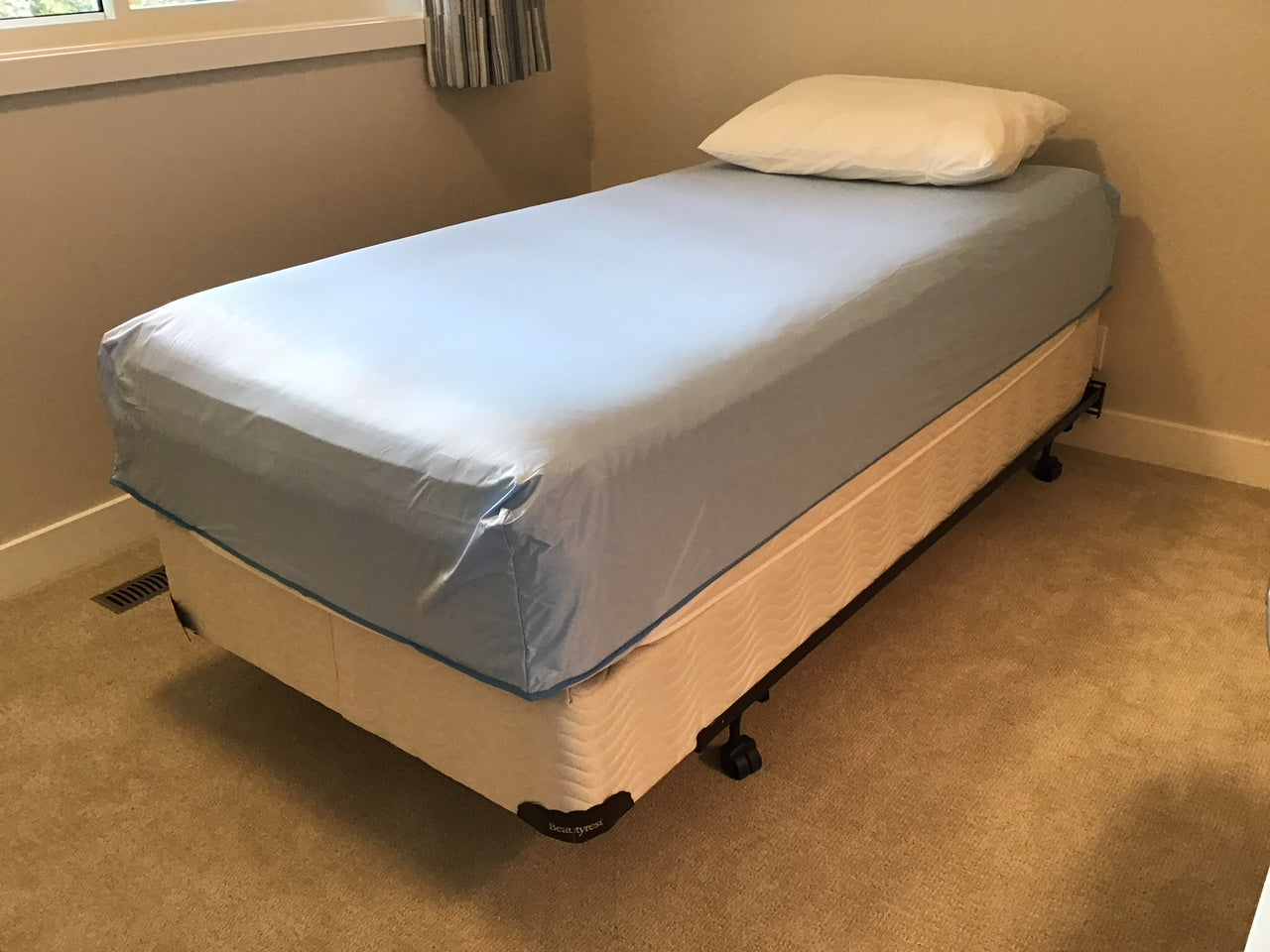
Creating the Perfect Bedroom Design
 When it comes to designing your dream bedroom, every detail matters. From the color scheme to the furniture pieces, every choice you make contributes to the overall look and feel of the room. One of the most important elements in bedroom design is the mattress. Not only is it essential for a good night's sleep, but it also serves as the centerpiece of the room. That's why it's crucial to choose the right material to cover your mattress.
When it comes to designing your dream bedroom, every detail matters. From the color scheme to the furniture pieces, every choice you make contributes to the overall look and feel of the room. One of the most important elements in bedroom design is the mattress. Not only is it essential for a good night's sleep, but it also serves as the centerpiece of the room. That's why it's crucial to choose the right material to cover your mattress.
The Role of Mattress Covers
 Mattress covers serve multiple purposes, making them an important consideration in bedroom design. First and foremost, they protect your mattress from dust, dirt, and stains, prolonging its lifespan and ensuring it stays in top condition. Additionally, they can provide an extra layer of comfort, with some materials offering added softness or cooling properties. Mattress covers can also serve as a decorative element, adding a pop of color or texture to your bedroom design.
Mattress covers serve multiple purposes, making them an important consideration in bedroom design. First and foremost, they protect your mattress from dust, dirt, and stains, prolonging its lifespan and ensuring it stays in top condition. Additionally, they can provide an extra layer of comfort, with some materials offering added softness or cooling properties. Mattress covers can also serve as a decorative element, adding a pop of color or texture to your bedroom design.
Factors to Consider When Choosing a Mattress Cover Material
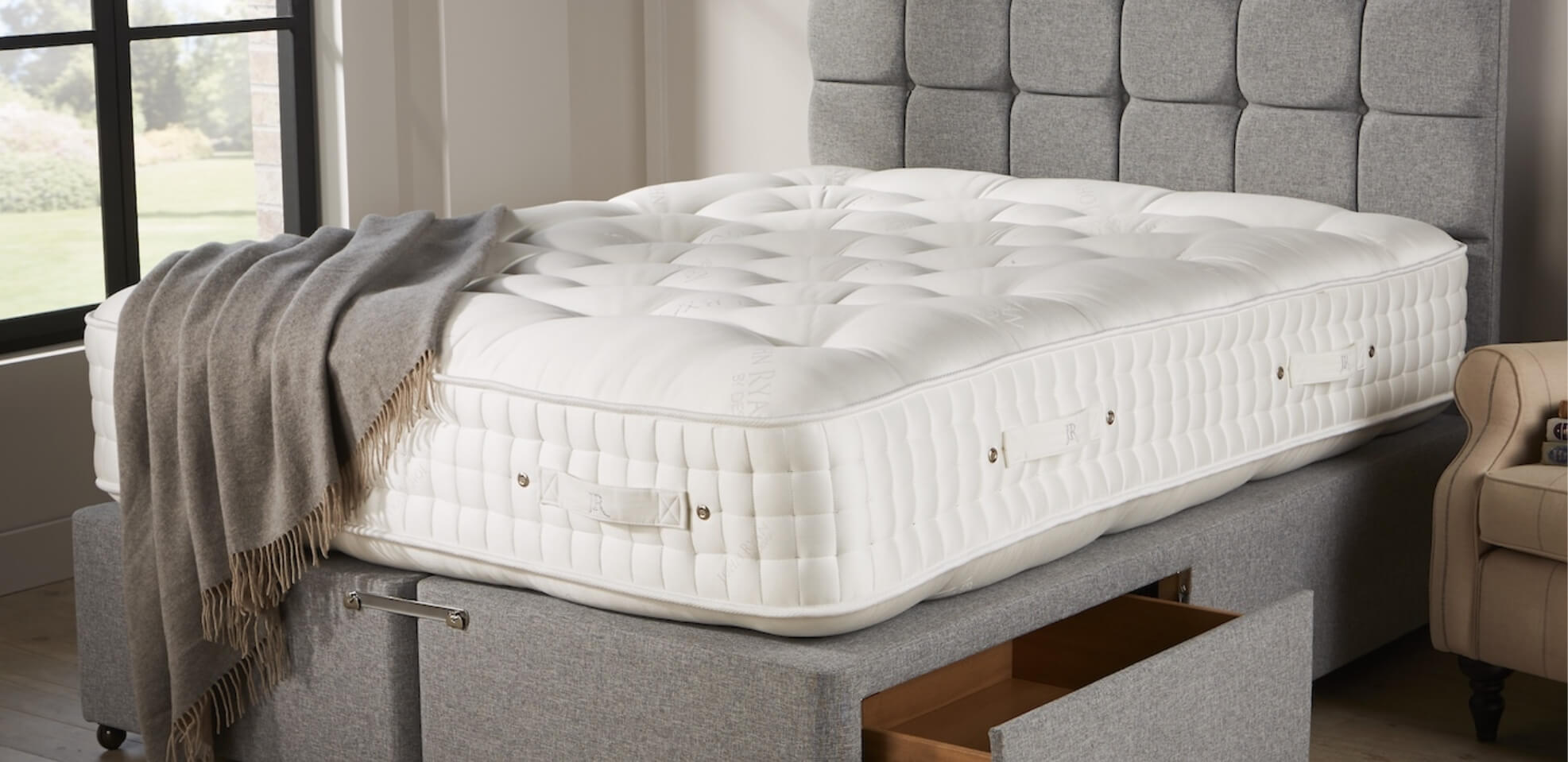 When it comes to choosing a material to cover your mattress, there are a few important factors to consider. The first is breathability. Your mattress cover should allow for proper airflow to keep you cool and comfortable while you sleep. The material should also be moisture-wicking to prevent sweat from seeping into your mattress. Another factor to consider is durability. You want a material that can withstand regular use and washing without losing its shape or quality.
When it comes to choosing a material to cover your mattress, there are a few important factors to consider. The first is breathability. Your mattress cover should allow for proper airflow to keep you cool and comfortable while you sleep. The material should also be moisture-wicking to prevent sweat from seeping into your mattress. Another factor to consider is durability. You want a material that can withstand regular use and washing without losing its shape or quality.
Popular Mattress Cover Materials
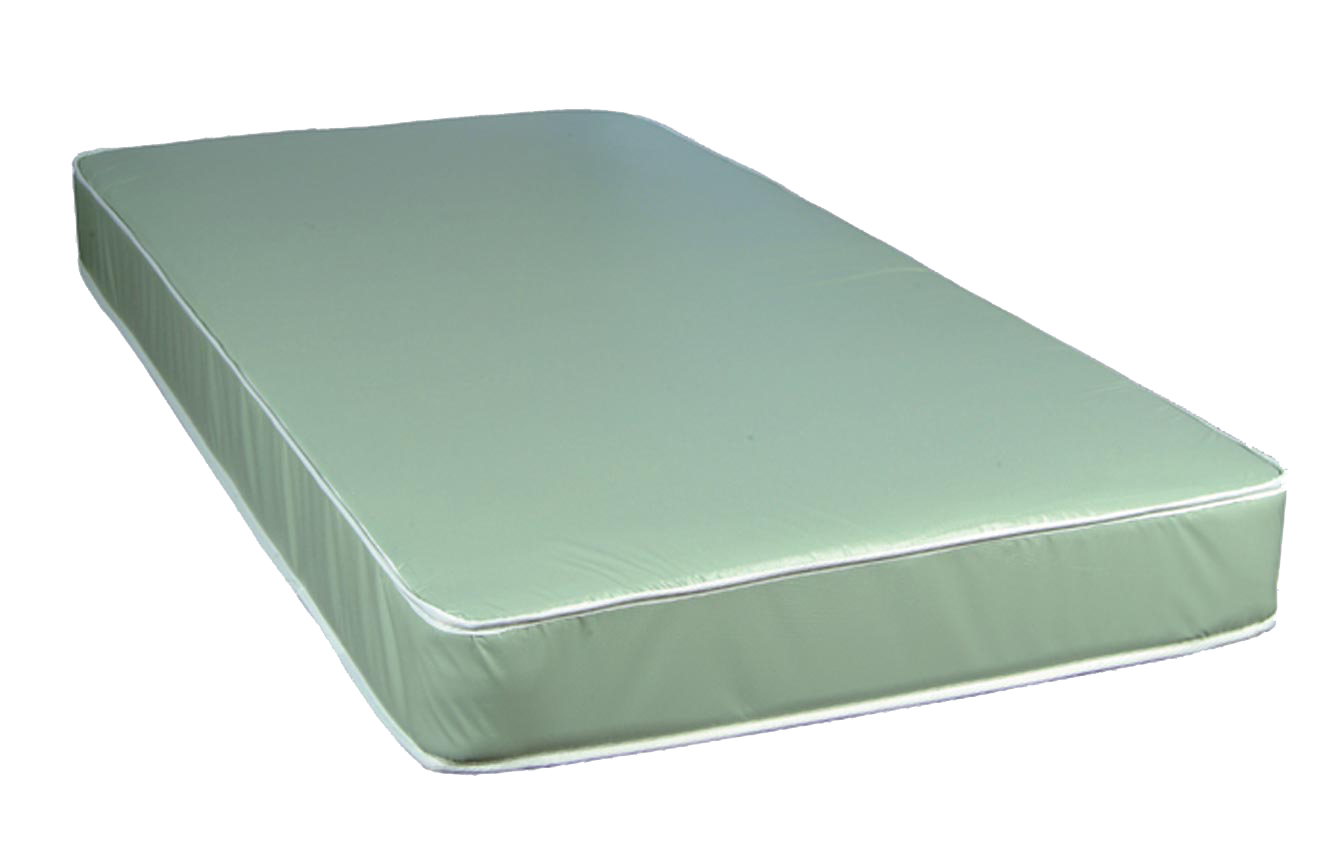 There are various materials available for mattress covers, each with its own unique qualities. Some popular options include cotton, bamboo, and polyester. Cotton is a natural and breathable material that is also hypoallergenic, making it a great choice for those with allergies. Bamboo is similar to cotton in terms of breathability but also has antimicrobial properties. Polyester is a more affordable option that is known for its durability and easy maintenance.
Choosing the Right Material for Your Needs
Ultimately, the best material for your mattress cover will depend on your individual needs and preferences. Consider factors such as breathability, durability, and comfort when making your decision. It's also a good idea to take into account any allergies or sensitivities you may have. With the right material, your mattress cover will not only protect your mattress but also enhance the overall look and feel of your bedroom. So take the time to research and choose wisely, and you'll enjoy a comfortable and stylish bedroom for years to come.
There are various materials available for mattress covers, each with its own unique qualities. Some popular options include cotton, bamboo, and polyester. Cotton is a natural and breathable material that is also hypoallergenic, making it a great choice for those with allergies. Bamboo is similar to cotton in terms of breathability but also has antimicrobial properties. Polyester is a more affordable option that is known for its durability and easy maintenance.
Choosing the Right Material for Your Needs
Ultimately, the best material for your mattress cover will depend on your individual needs and preferences. Consider factors such as breathability, durability, and comfort when making your decision. It's also a good idea to take into account any allergies or sensitivities you may have. With the right material, your mattress cover will not only protect your mattress but also enhance the overall look and feel of your bedroom. So take the time to research and choose wisely, and you'll enjoy a comfortable and stylish bedroom for years to come.


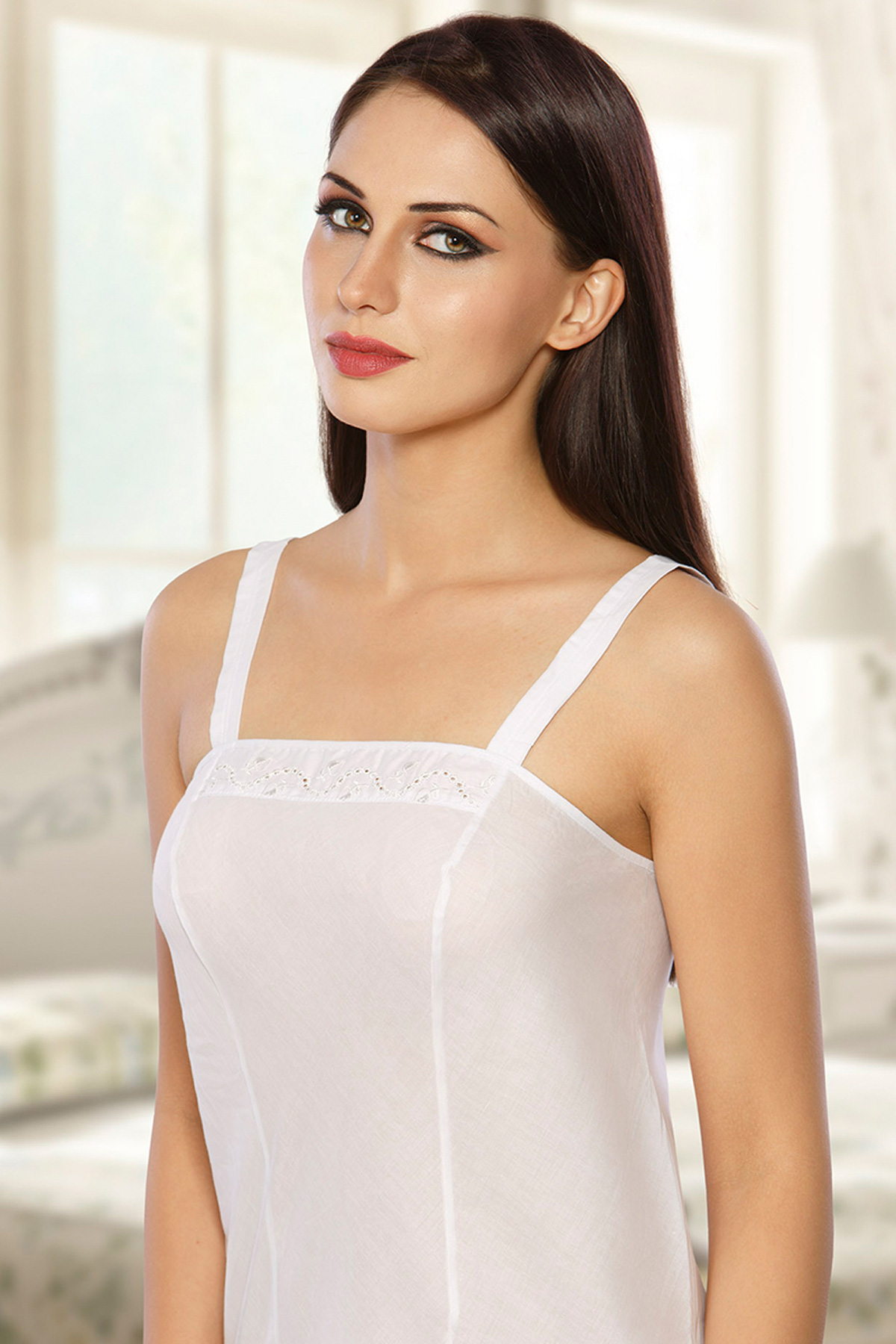
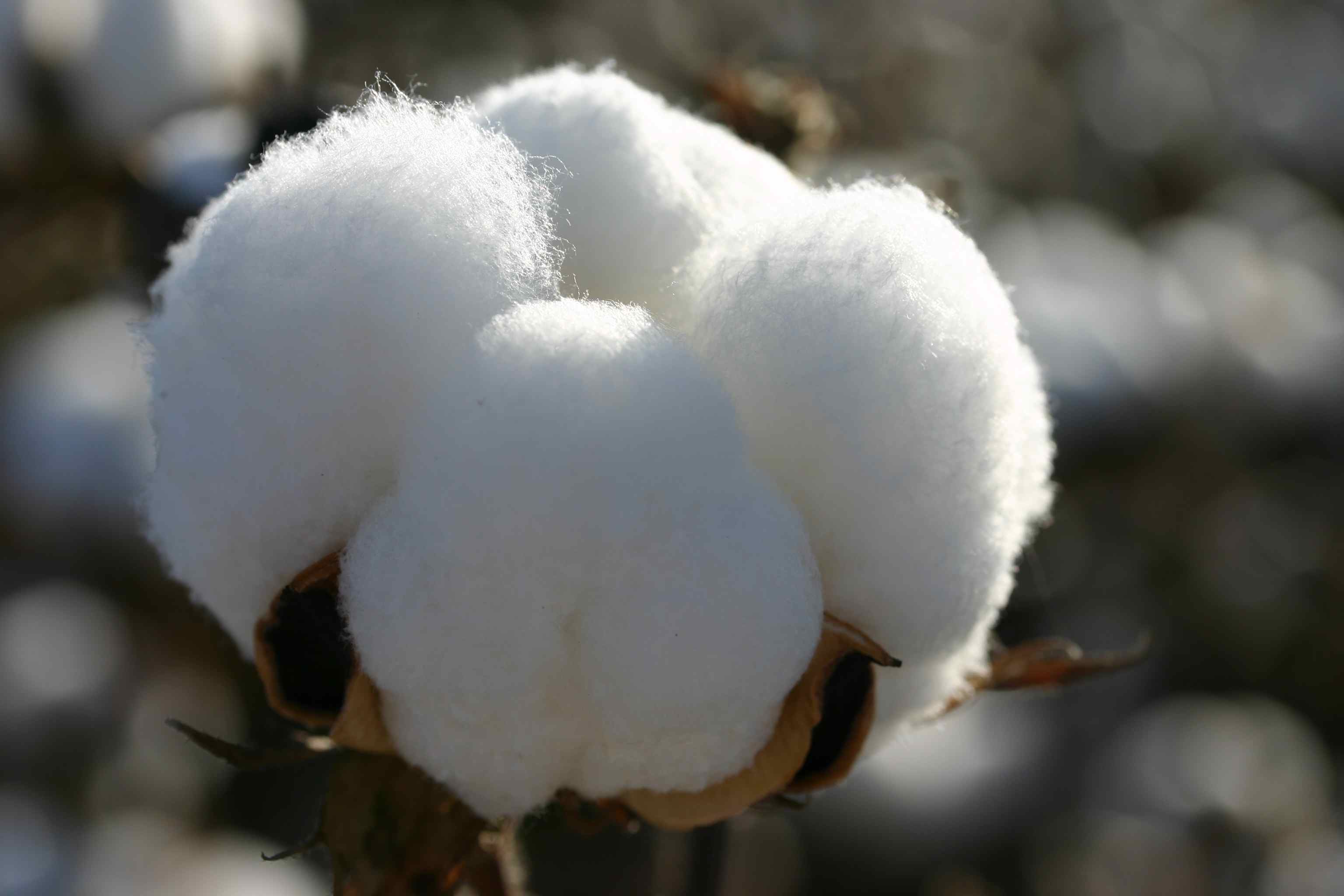
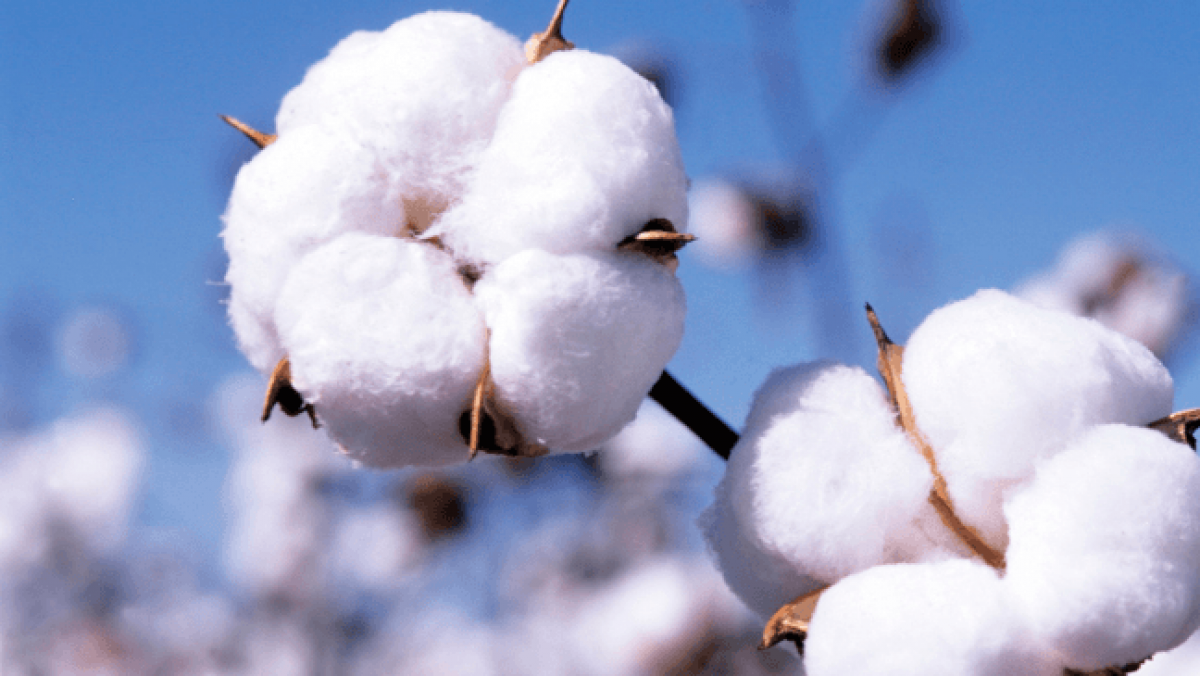
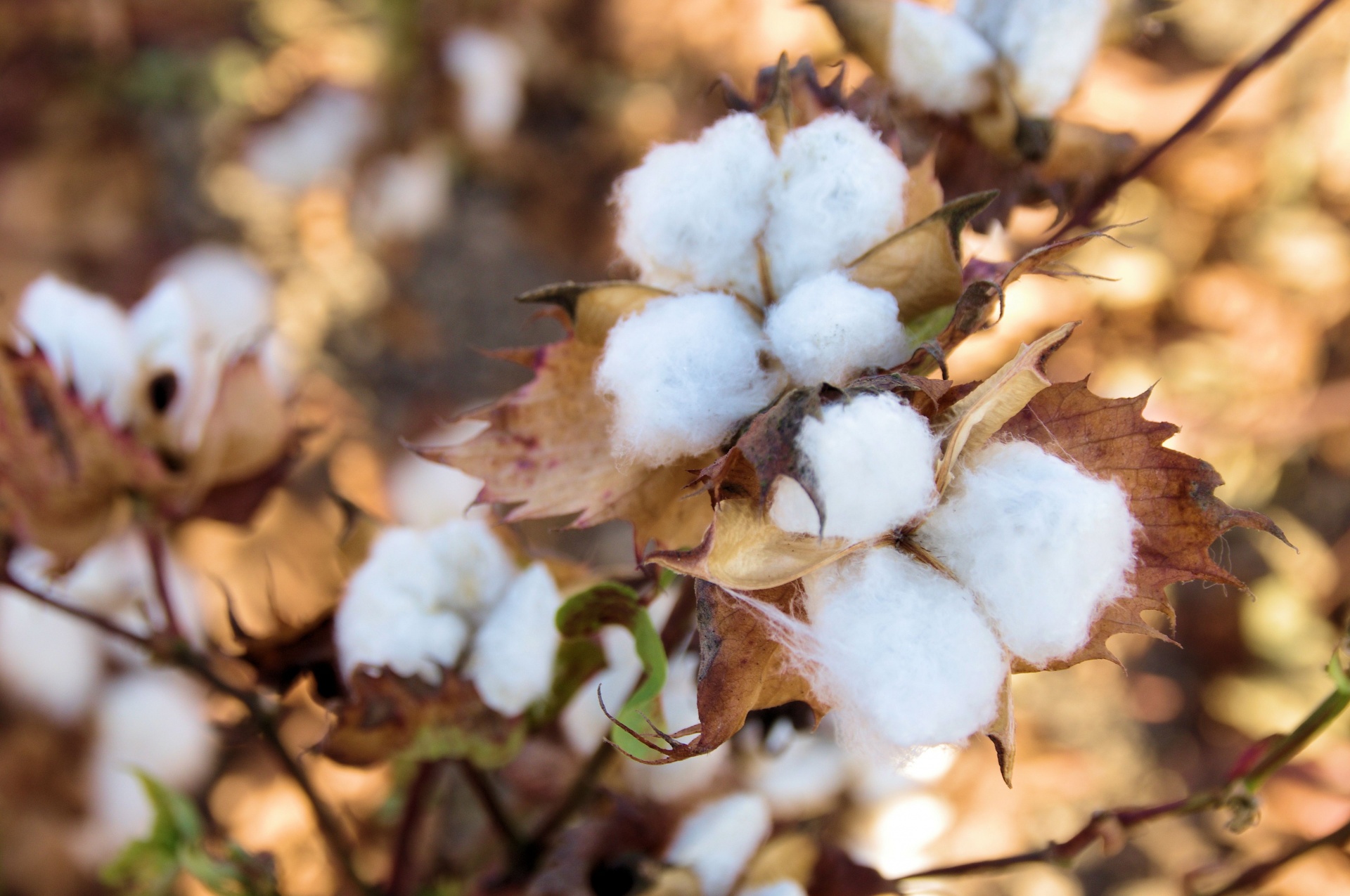

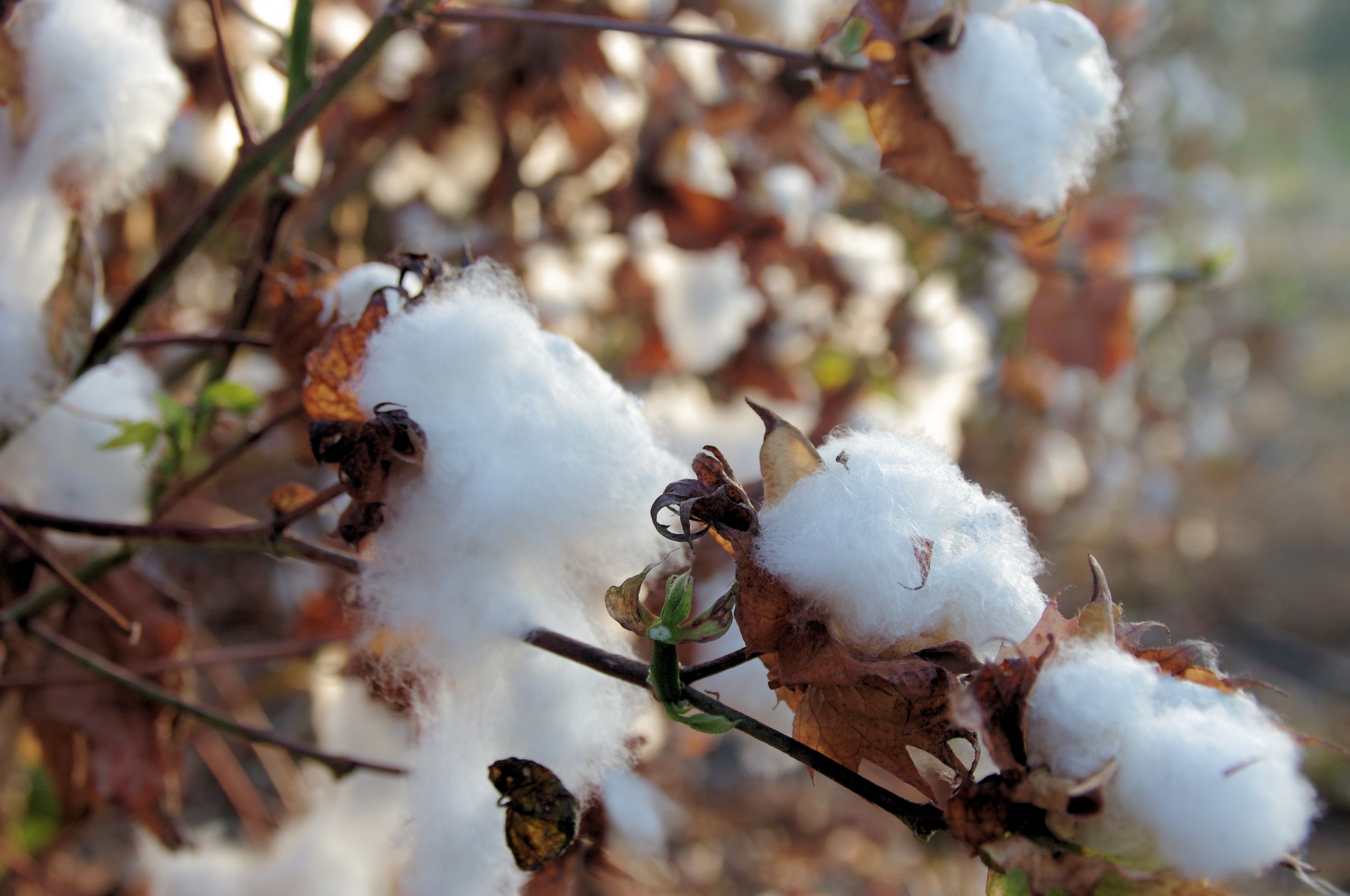




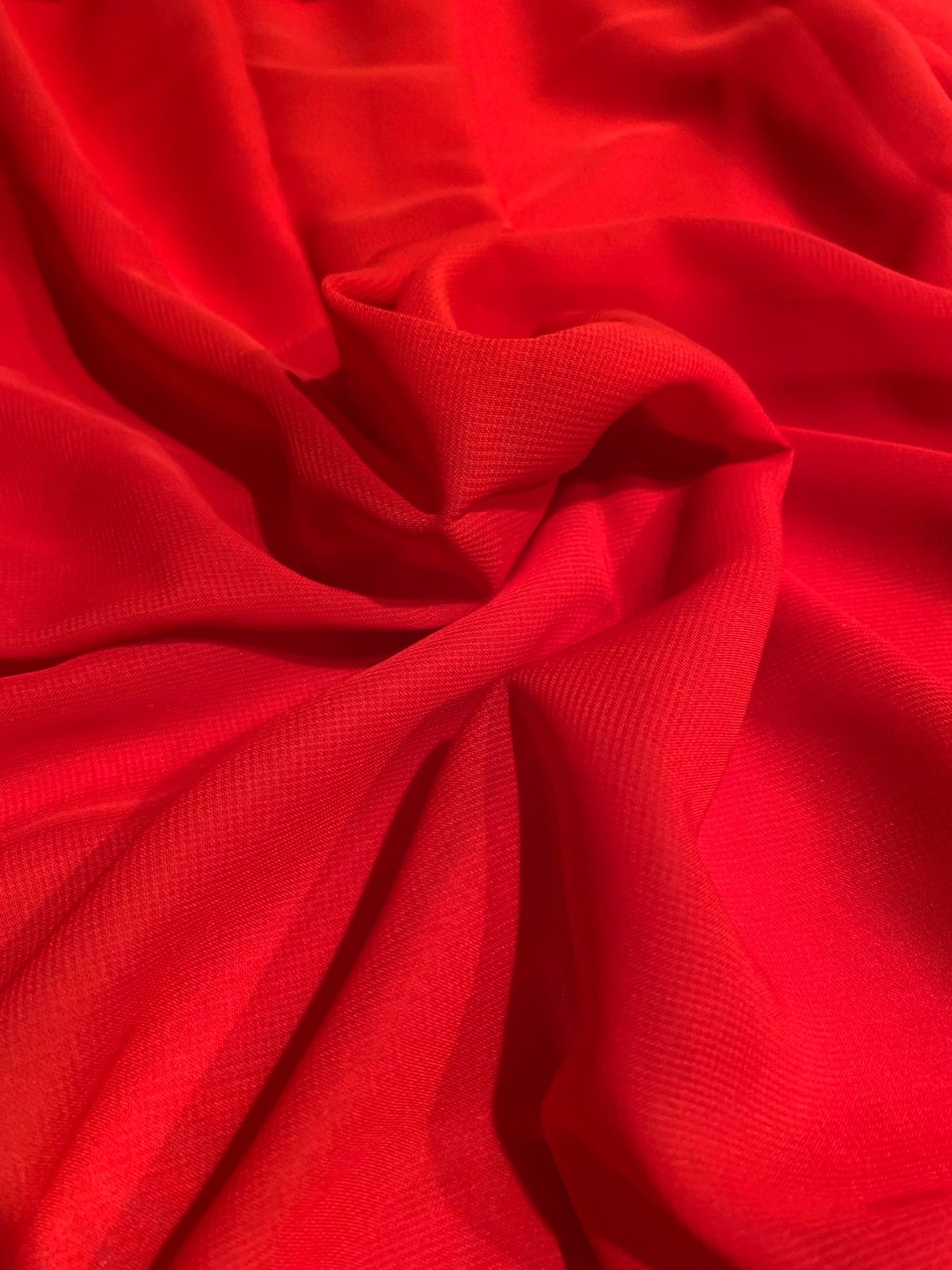
/GettyImages-636211102-58f4d8bc5f9b582c4ddb409b.jpg)
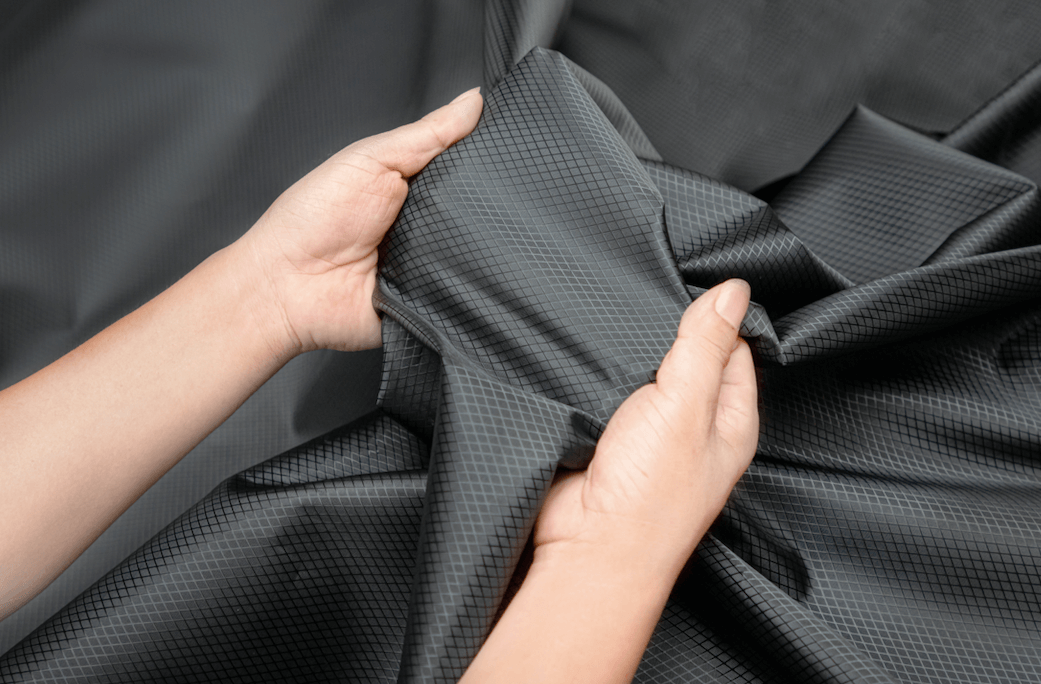
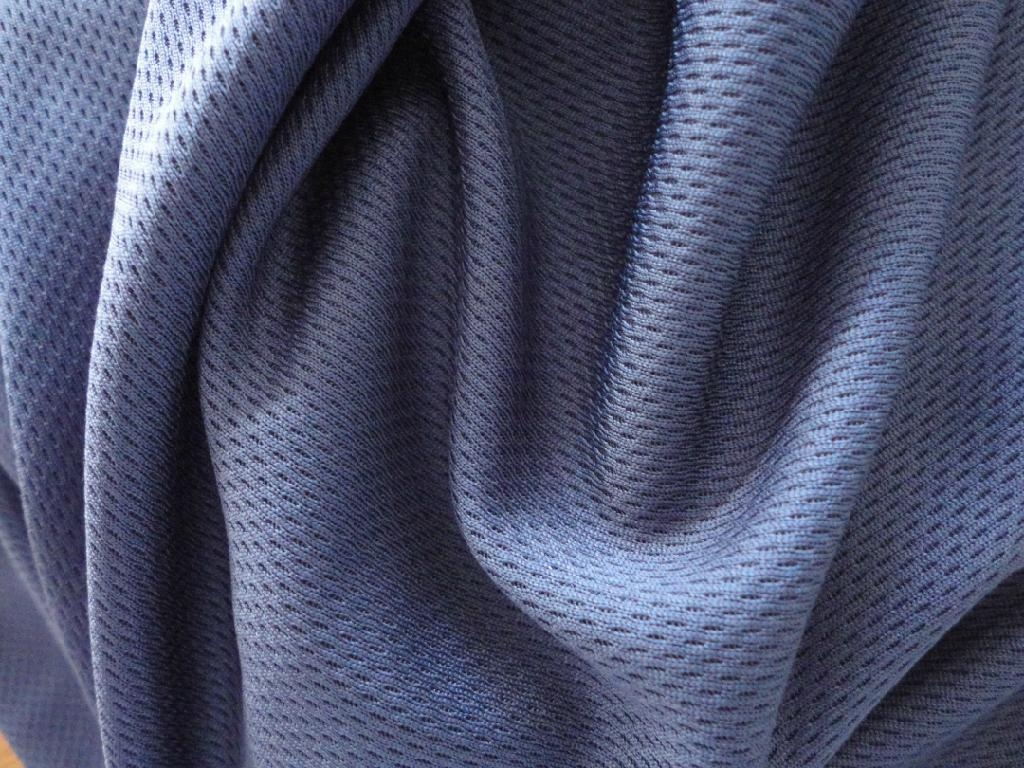
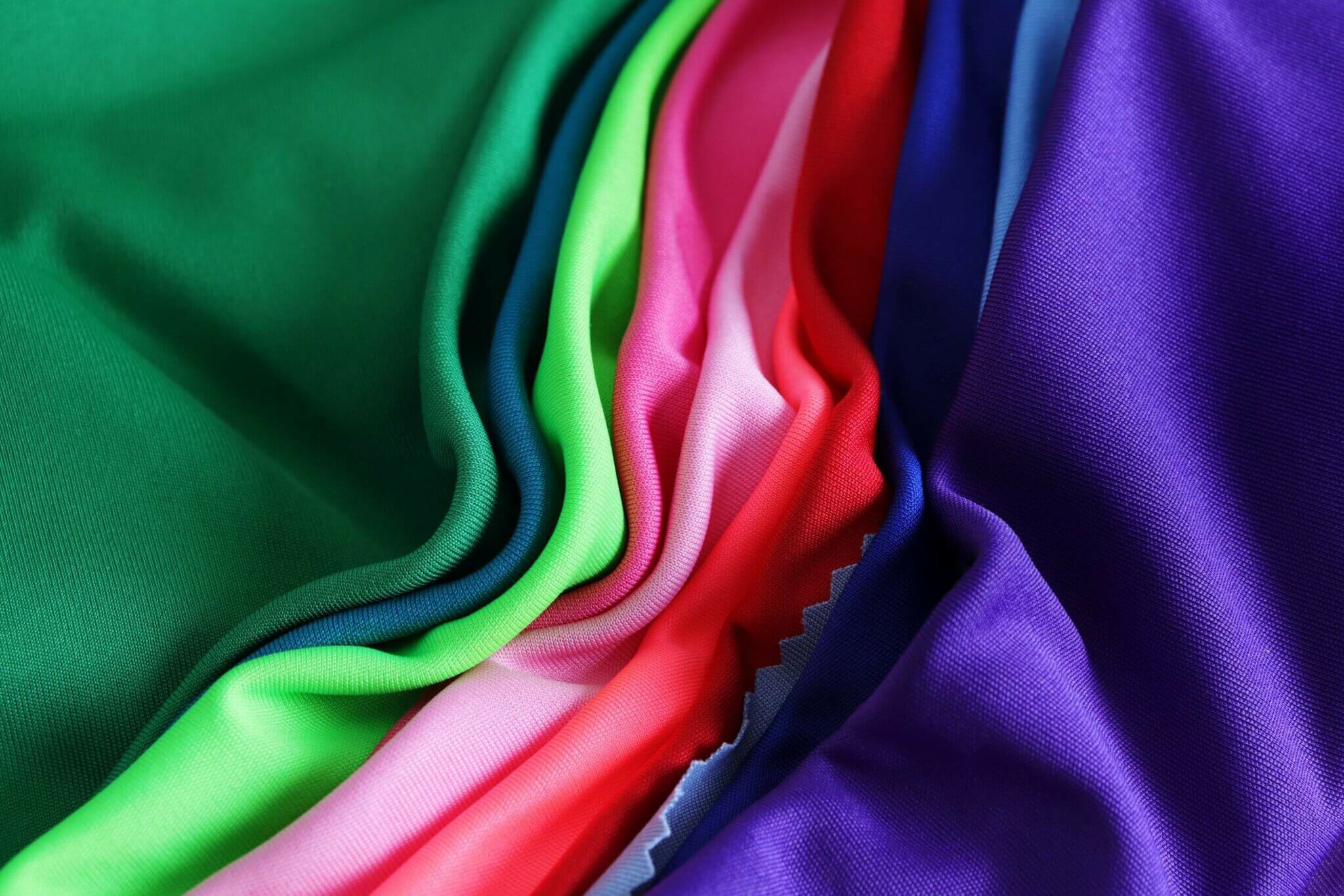
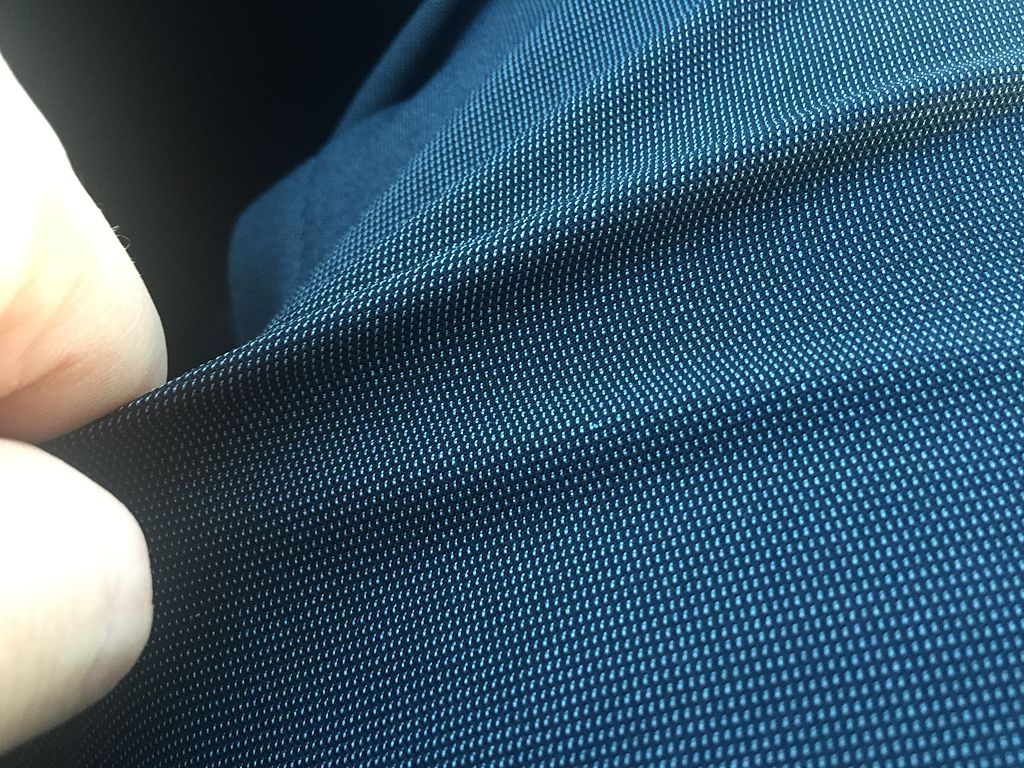

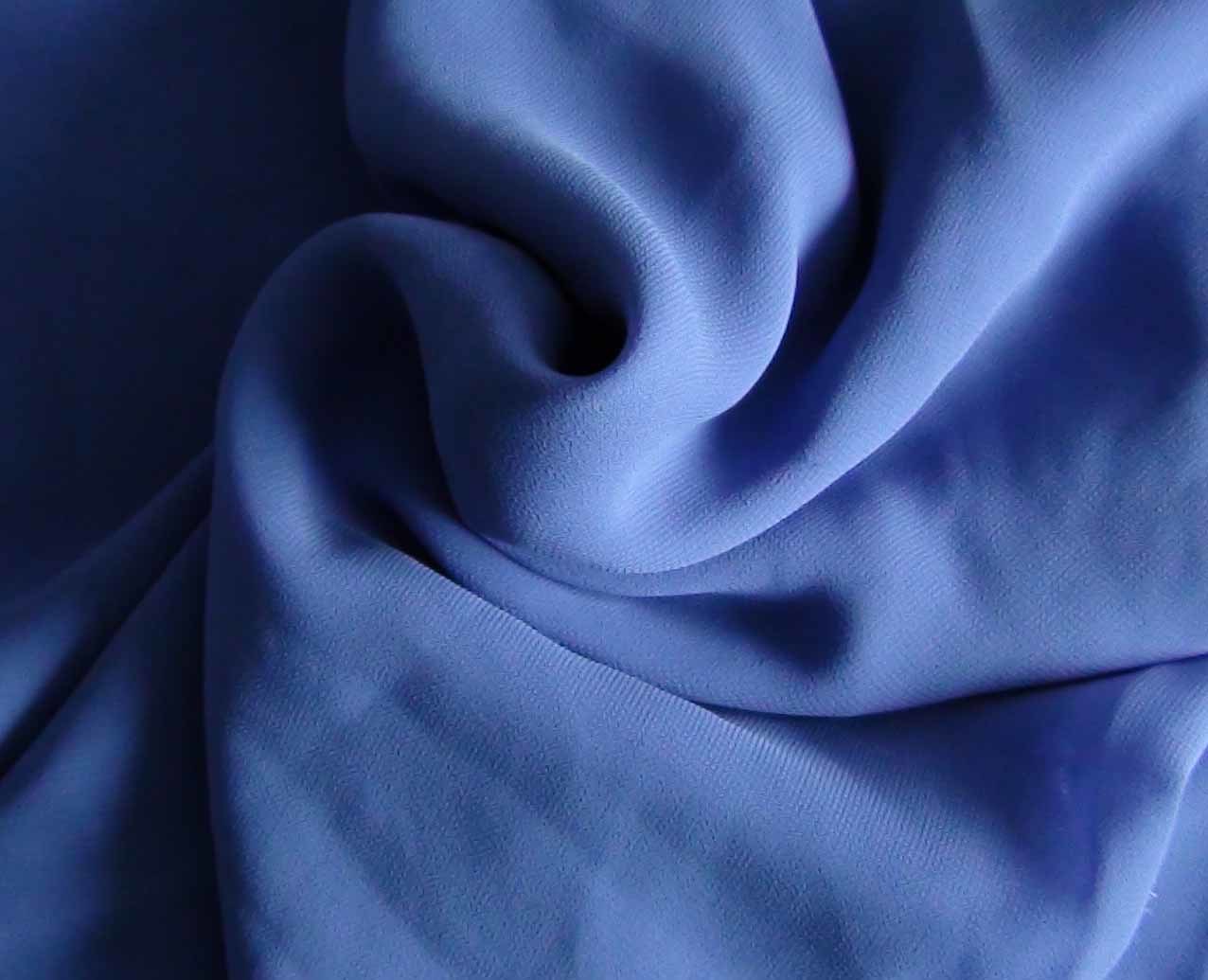
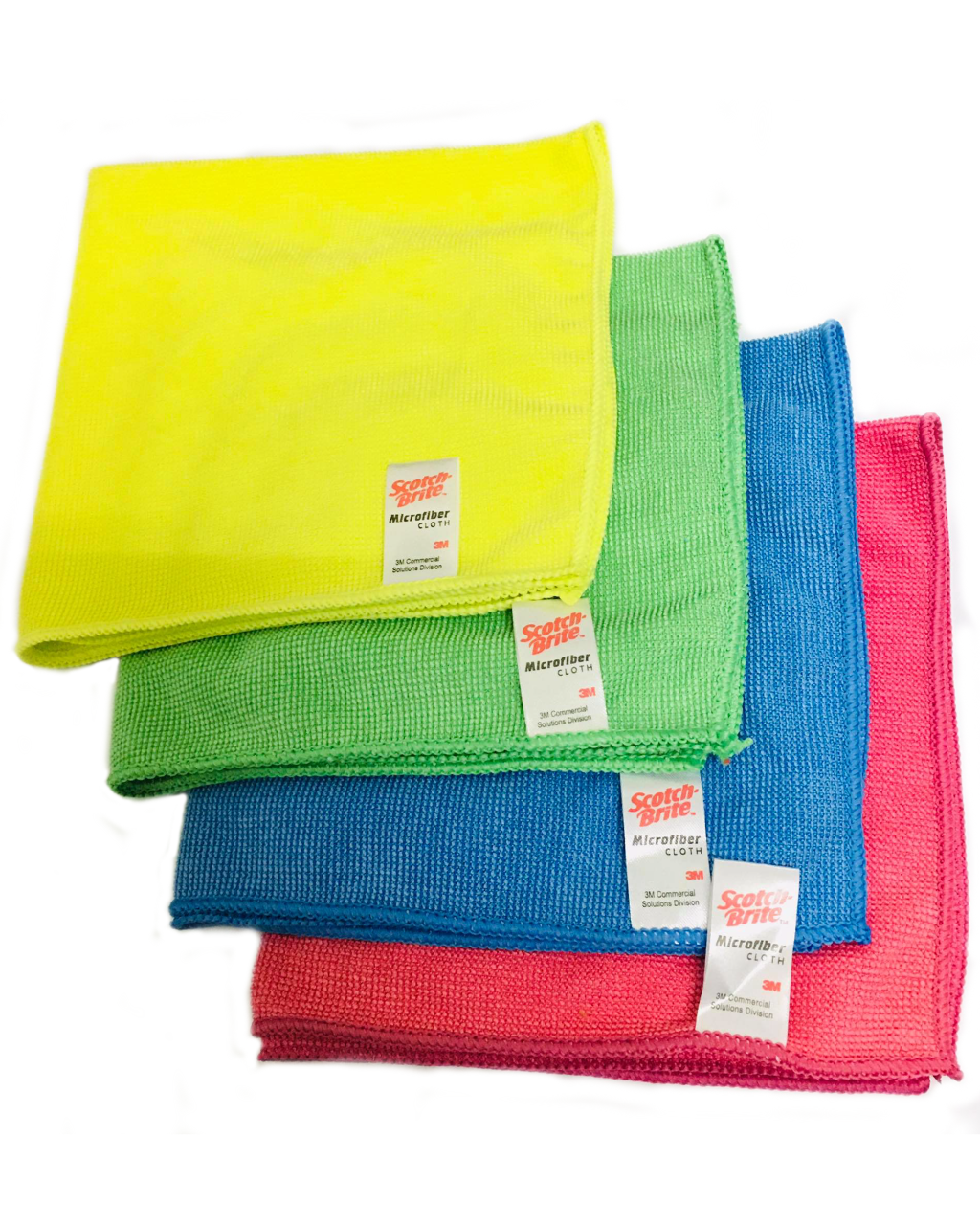
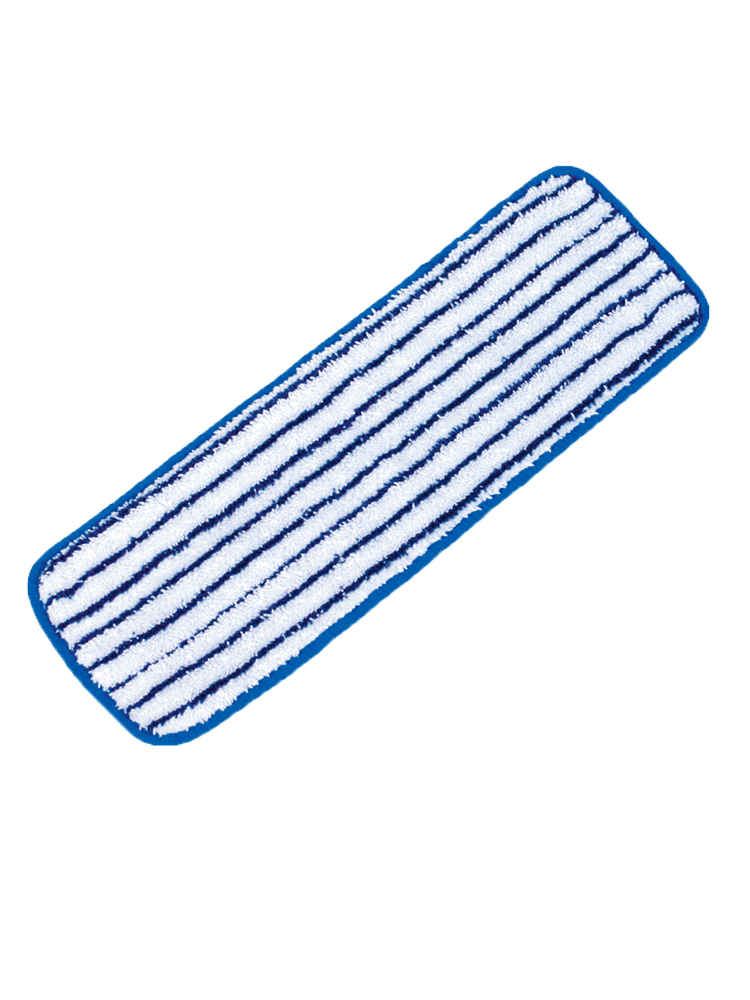
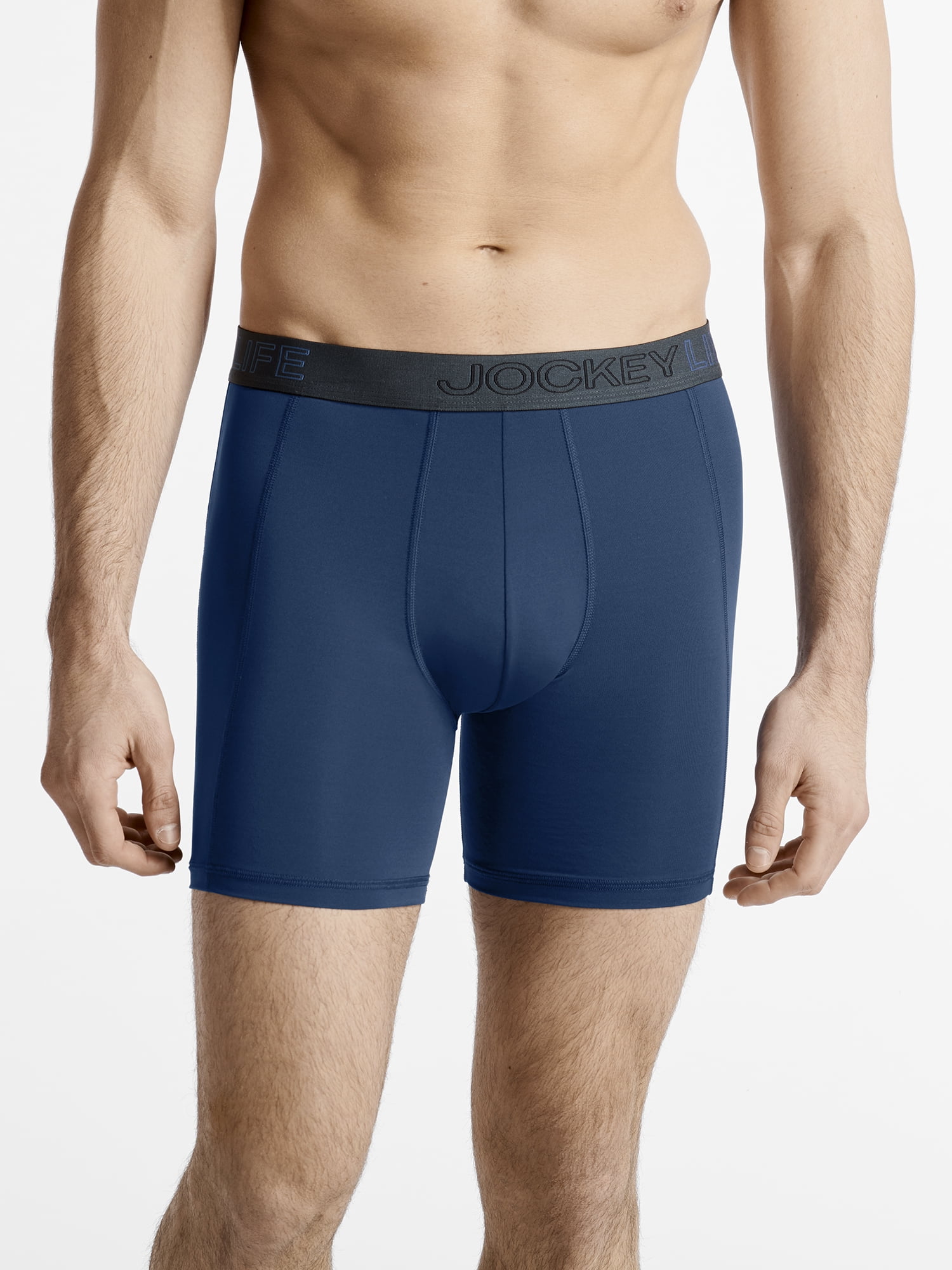


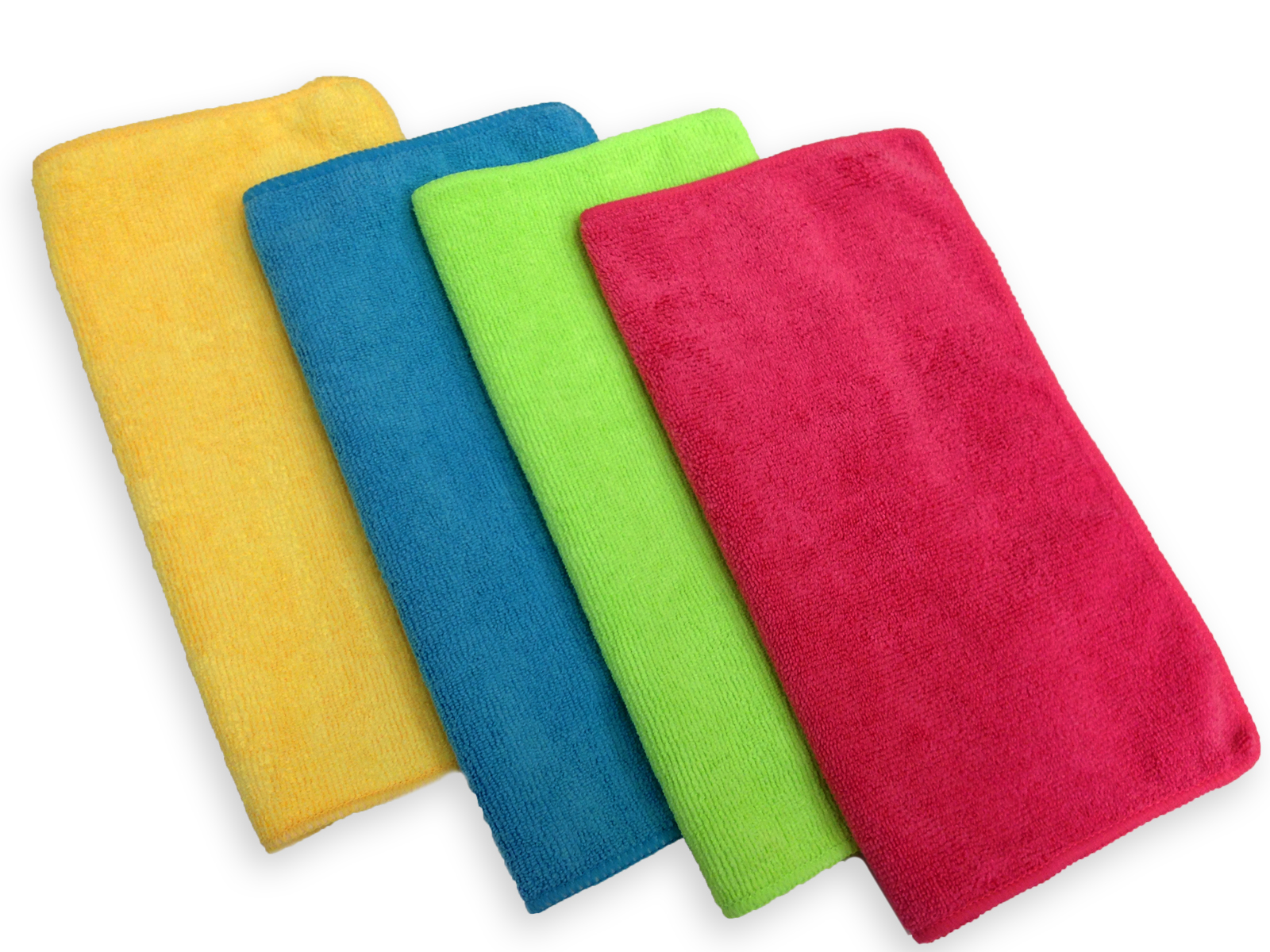

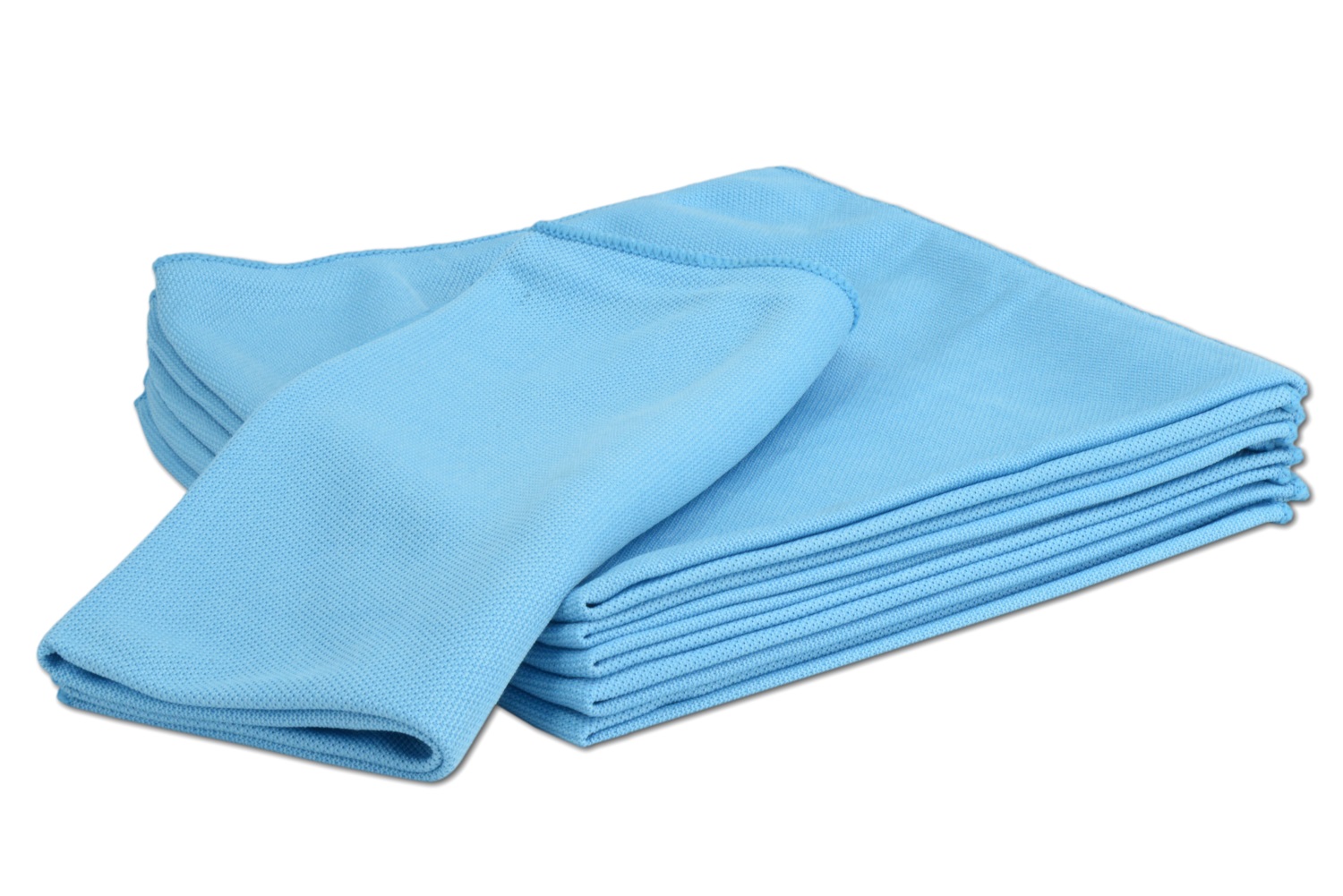
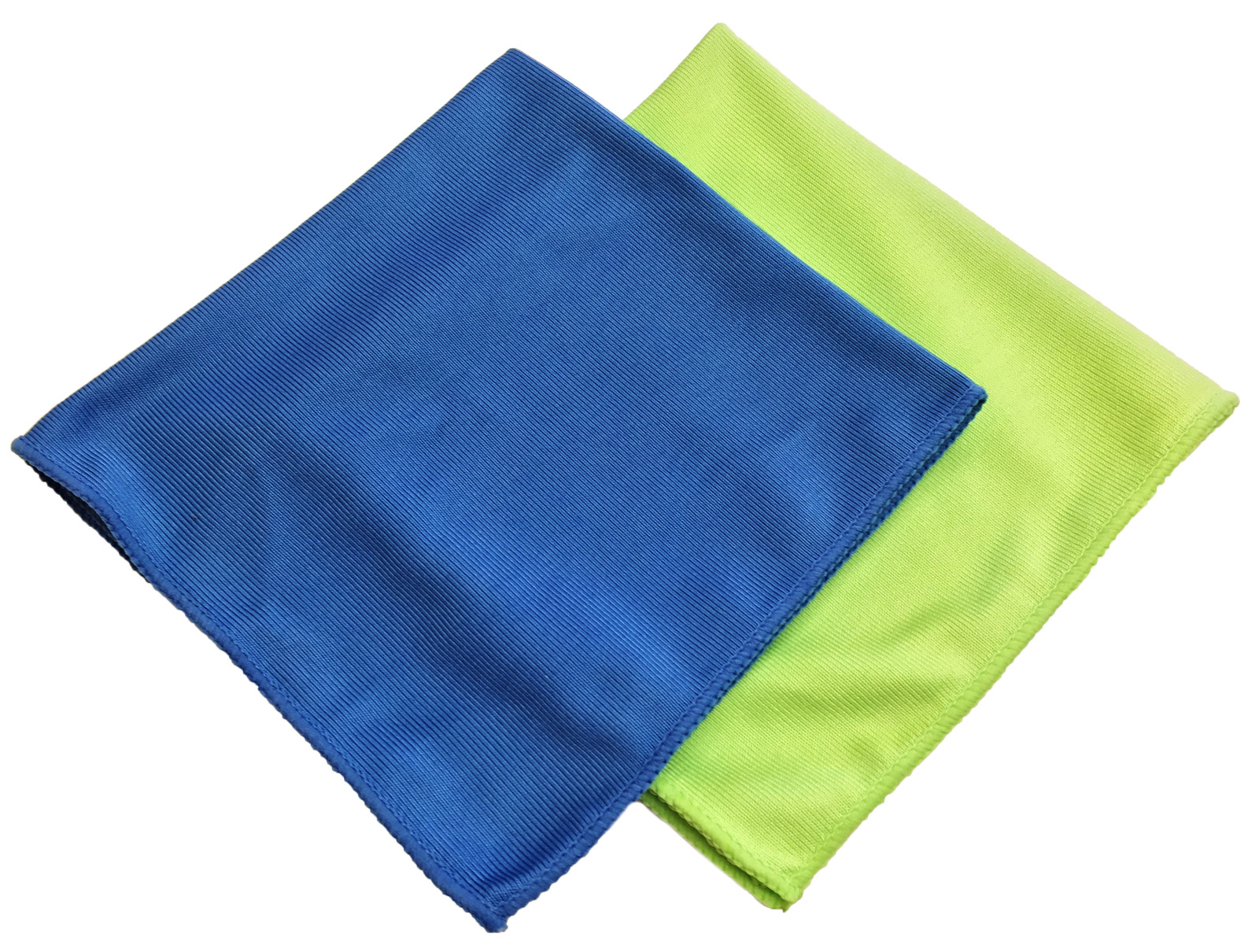
:max_bytes(150000):strip_icc()/microfiber-twenty20_a8651f11-ff22-4a0e-b84a-b5e0801b6ef3-5943dbb65f9b58d58acb34ce.jpg)


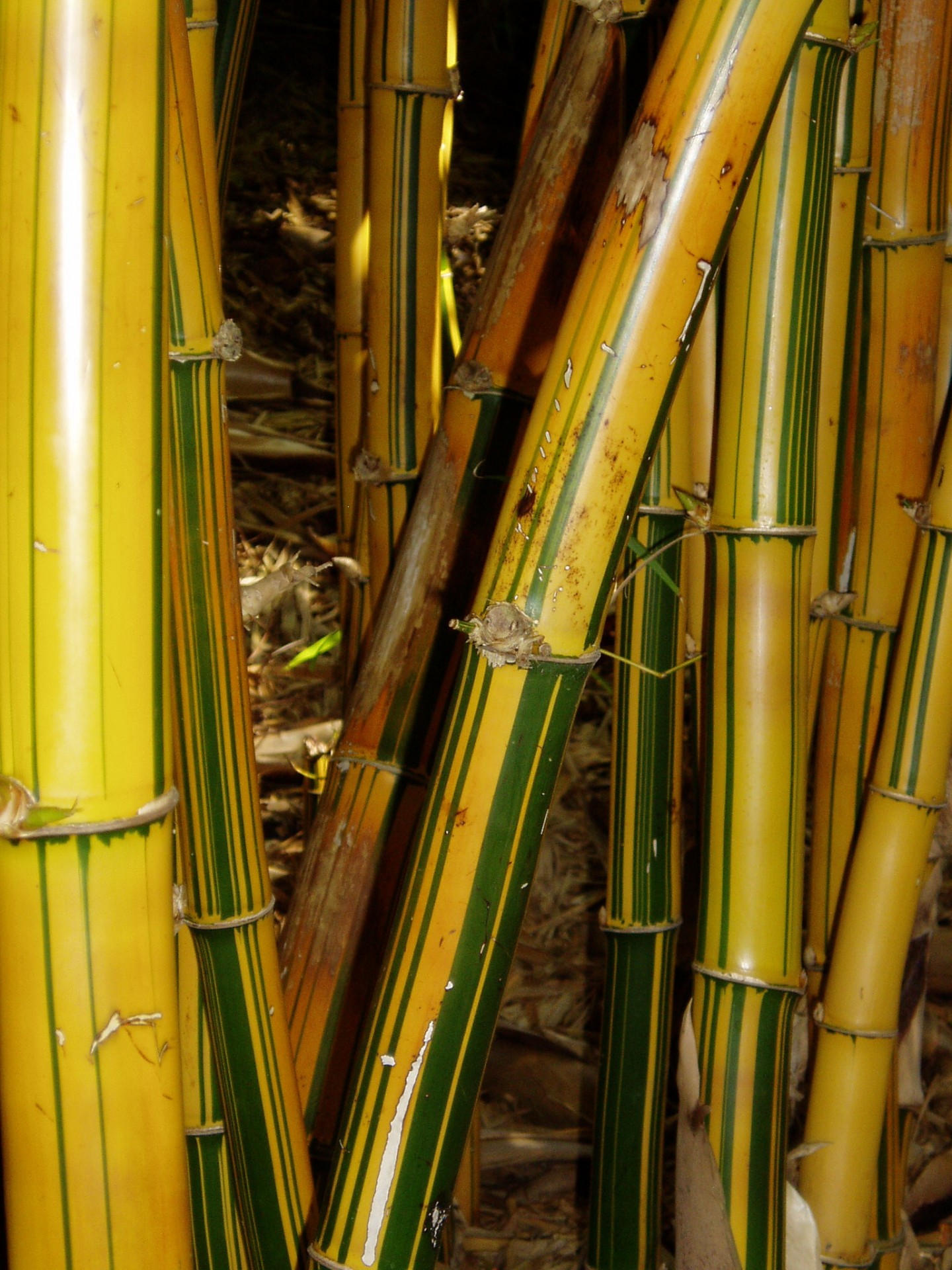

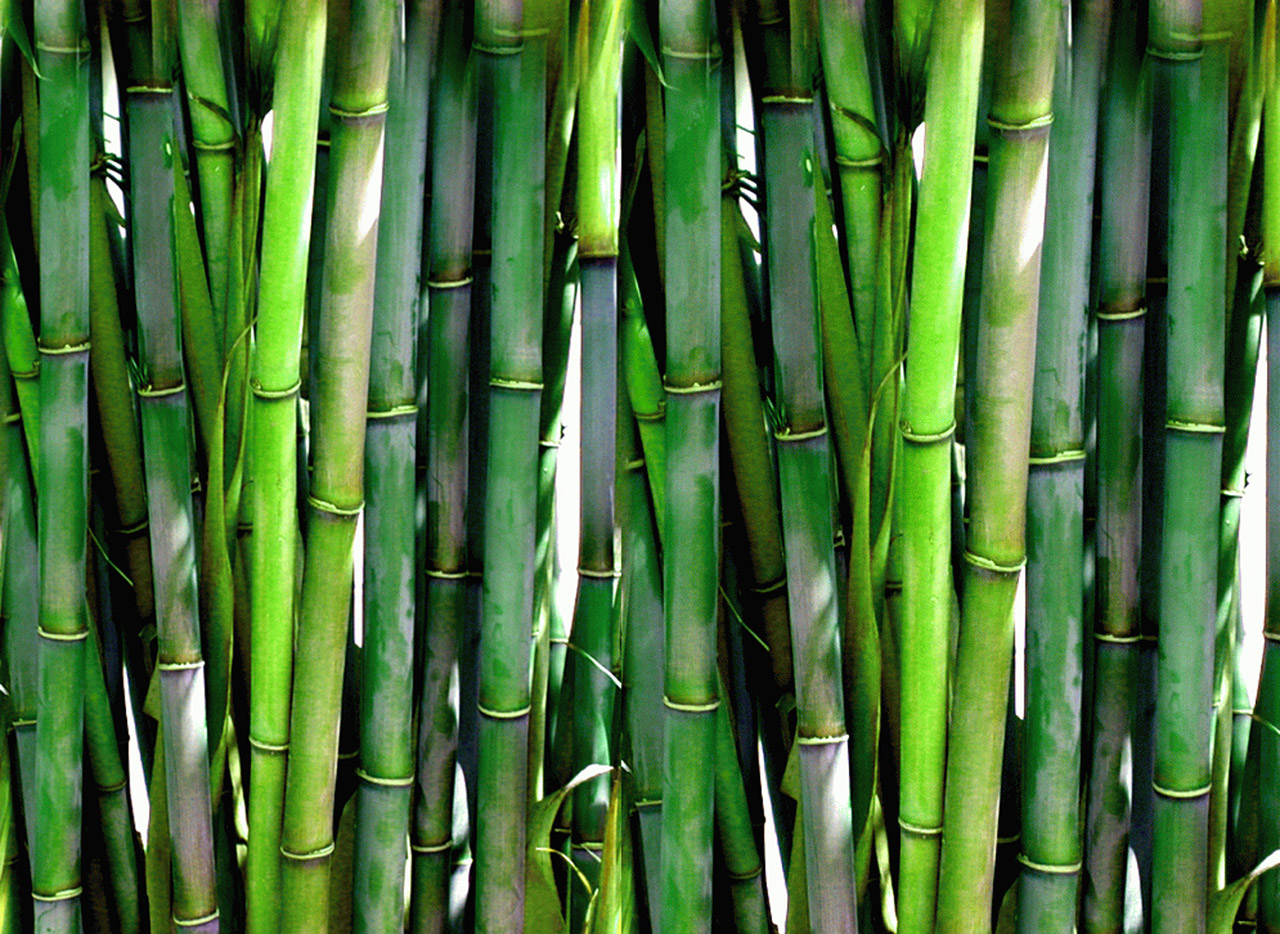


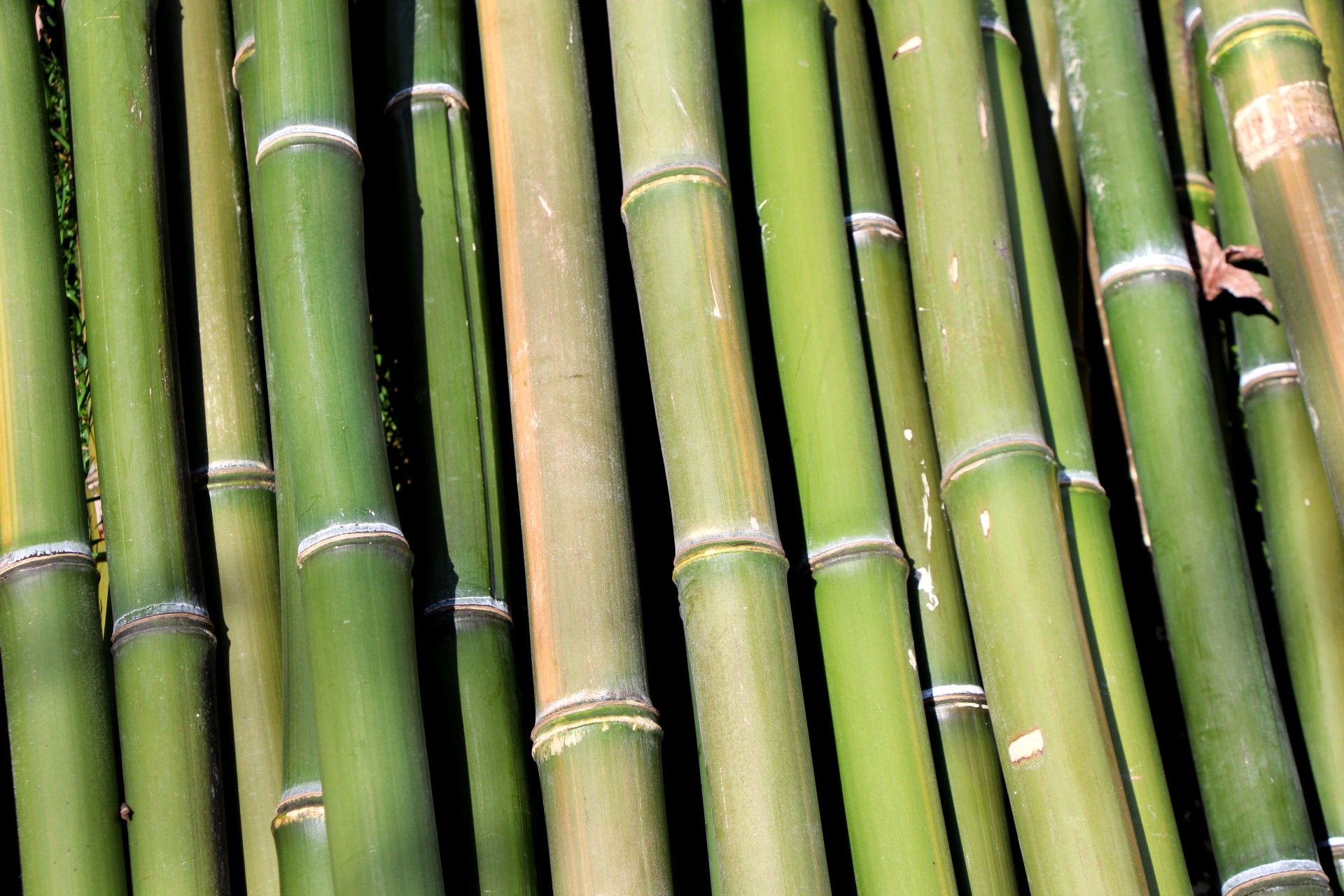

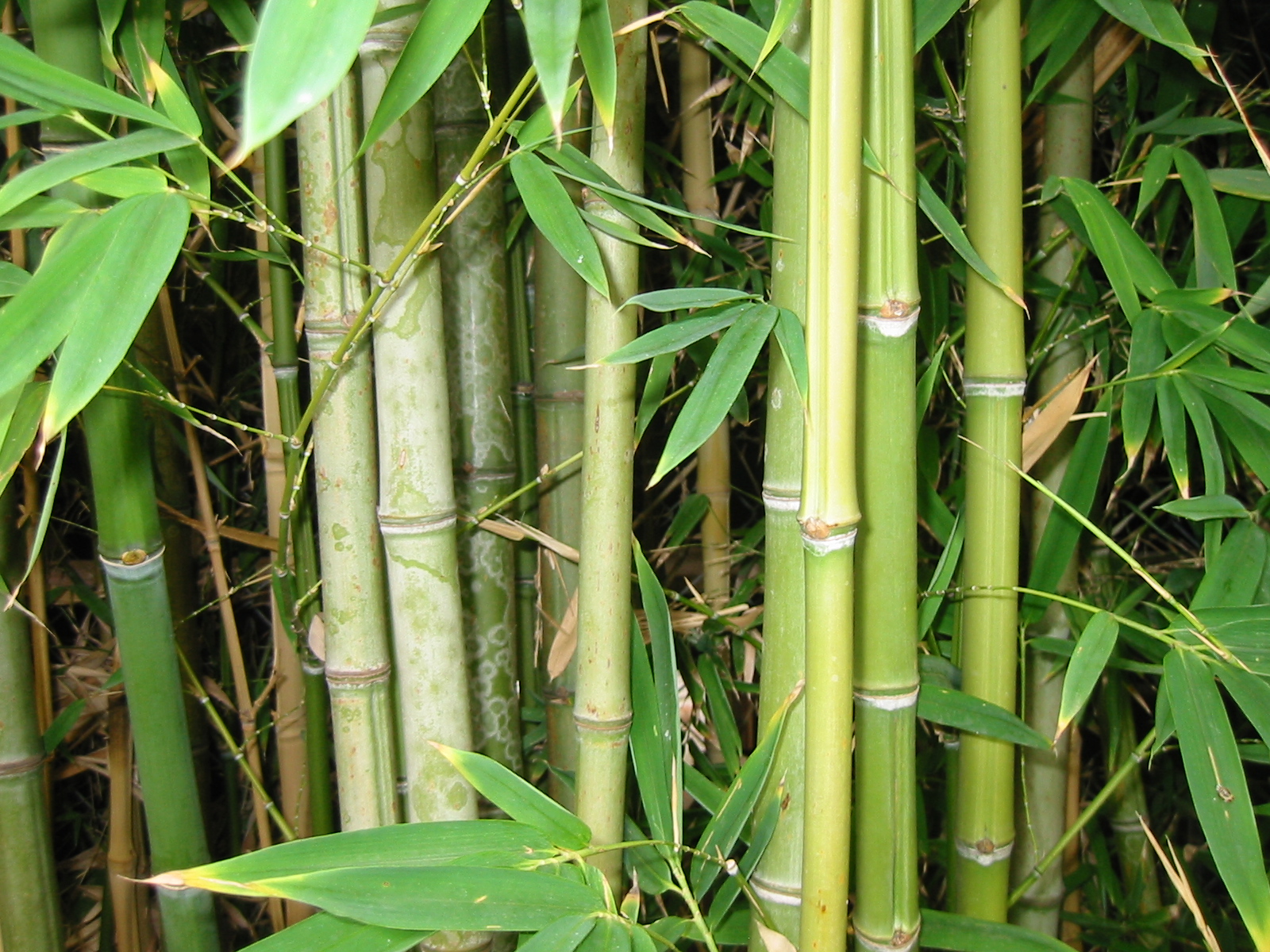





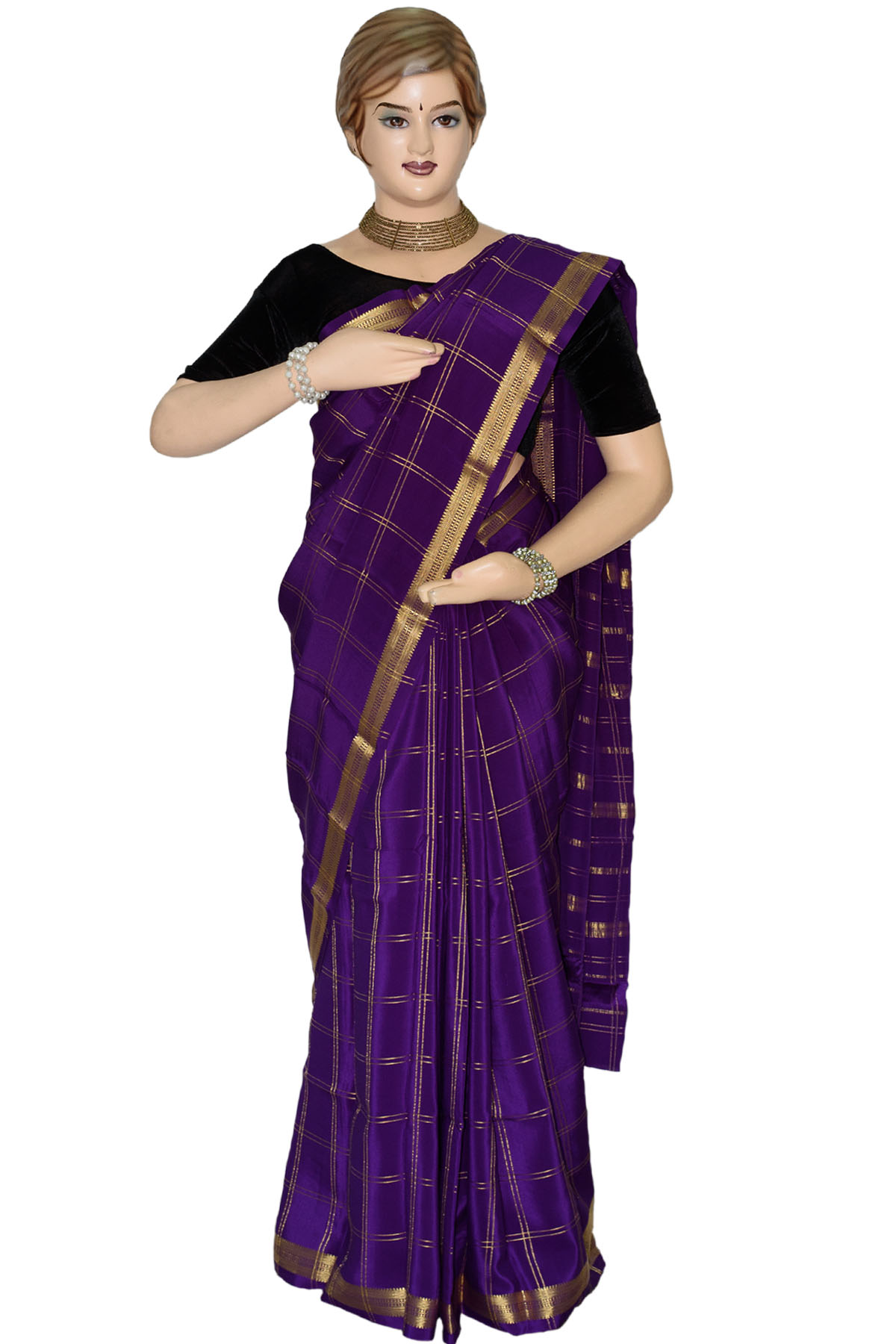



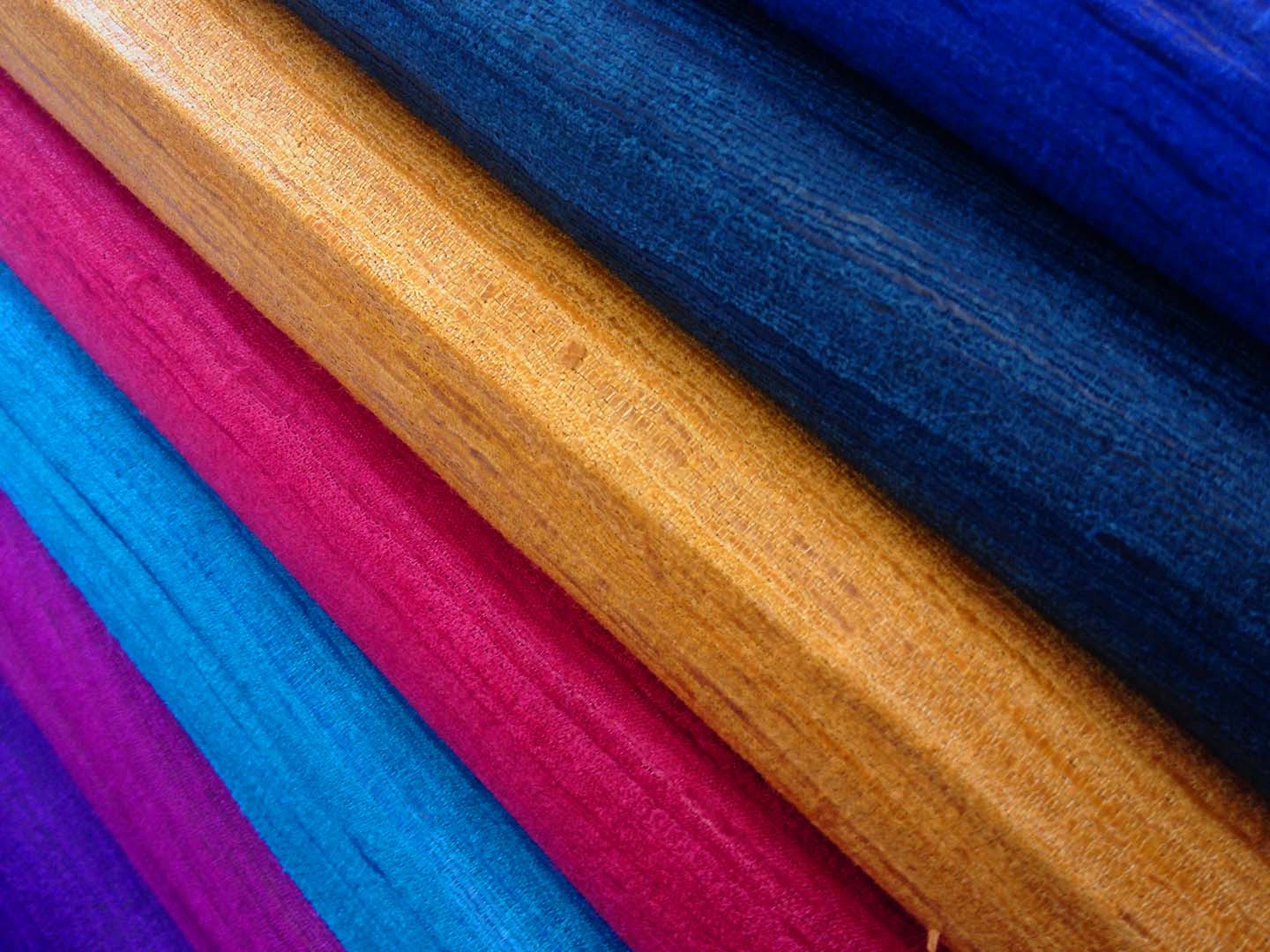

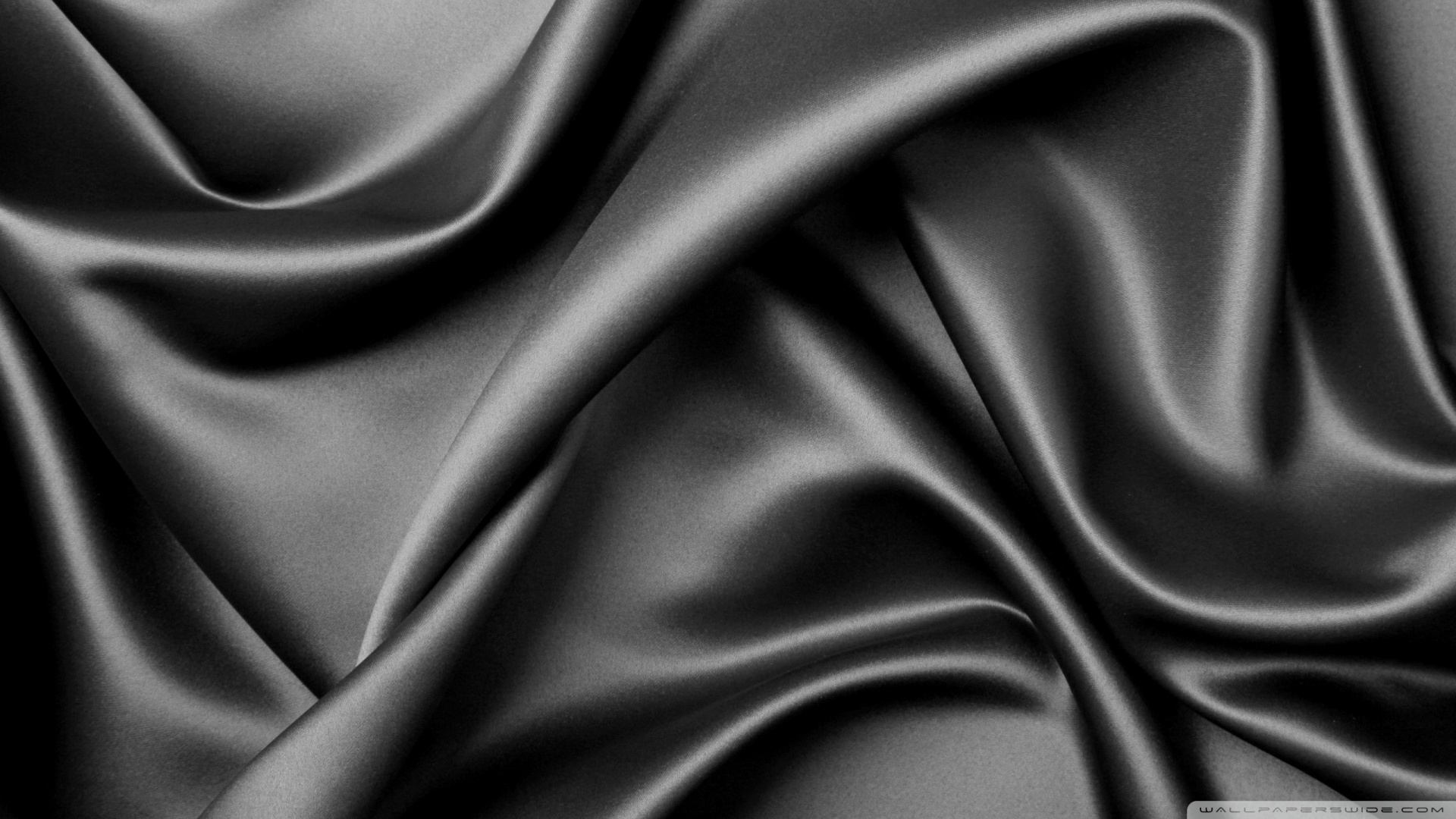



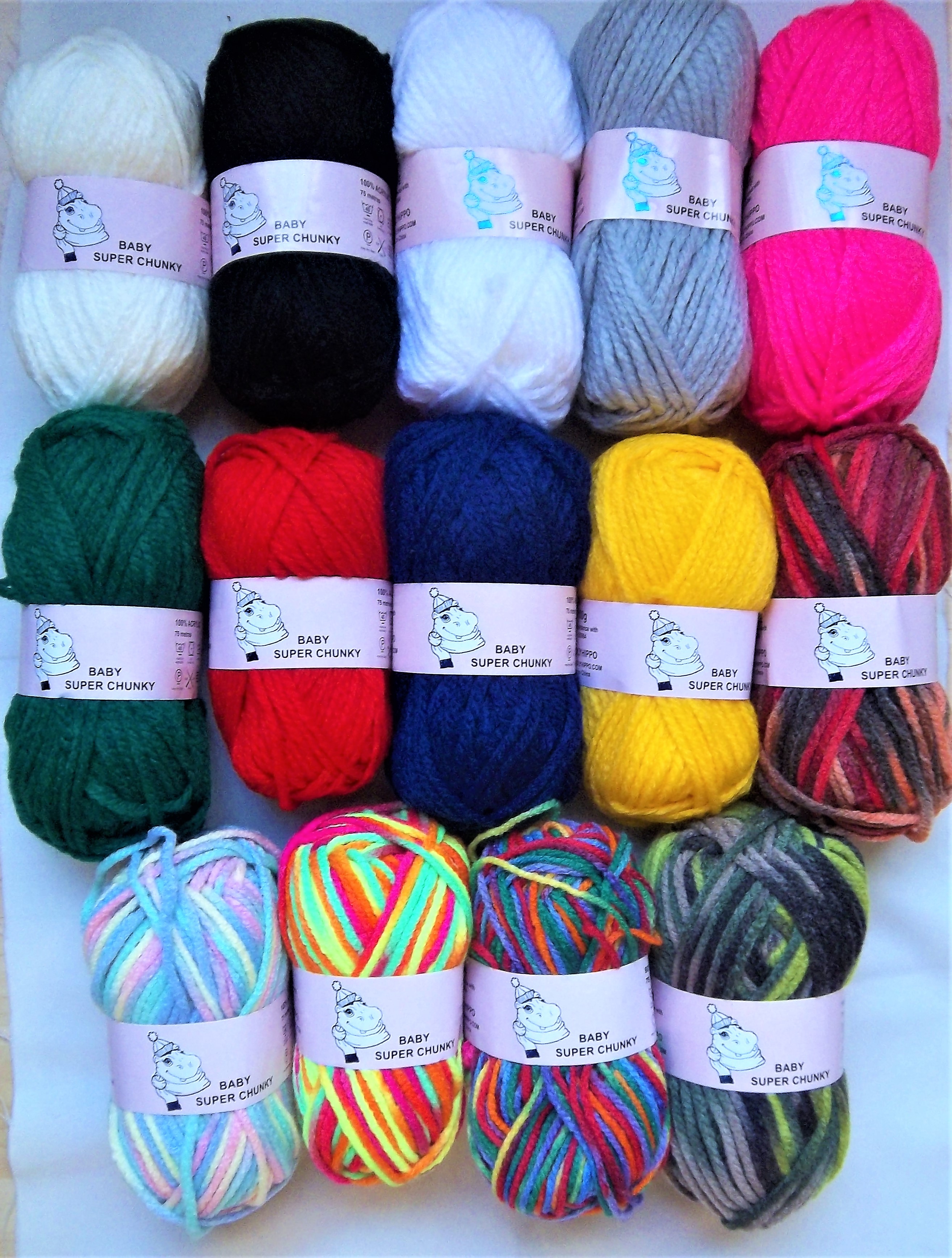

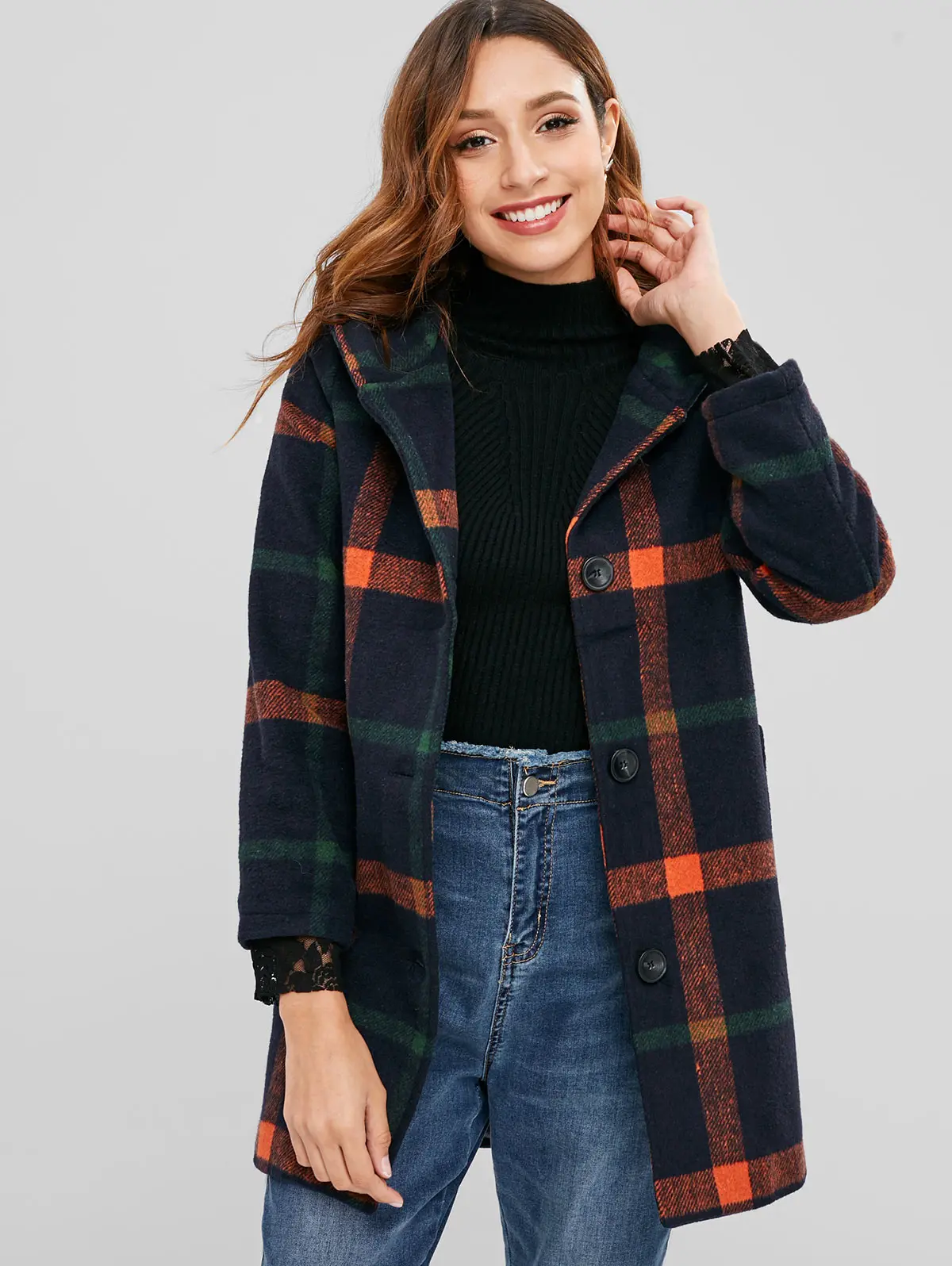
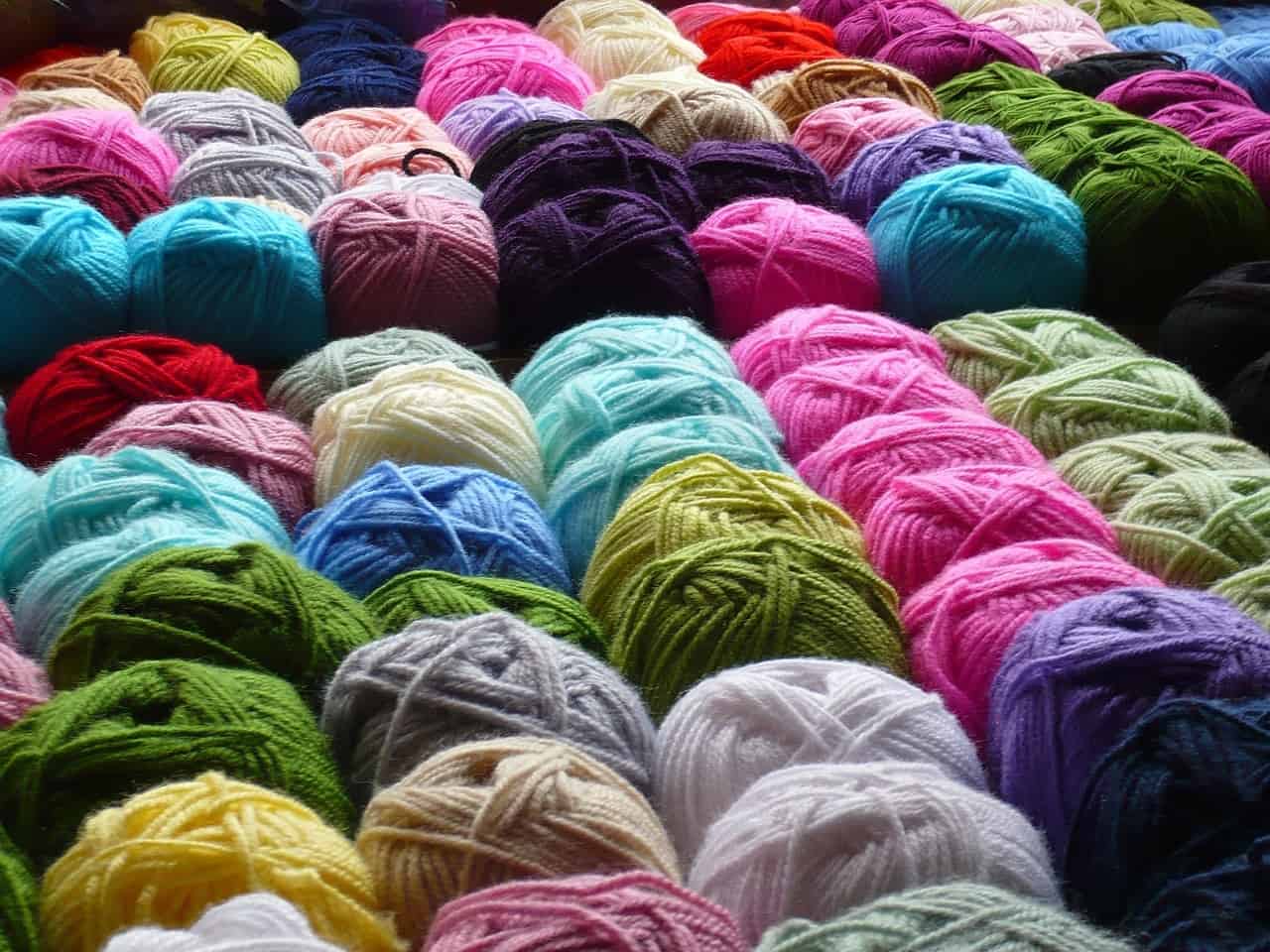
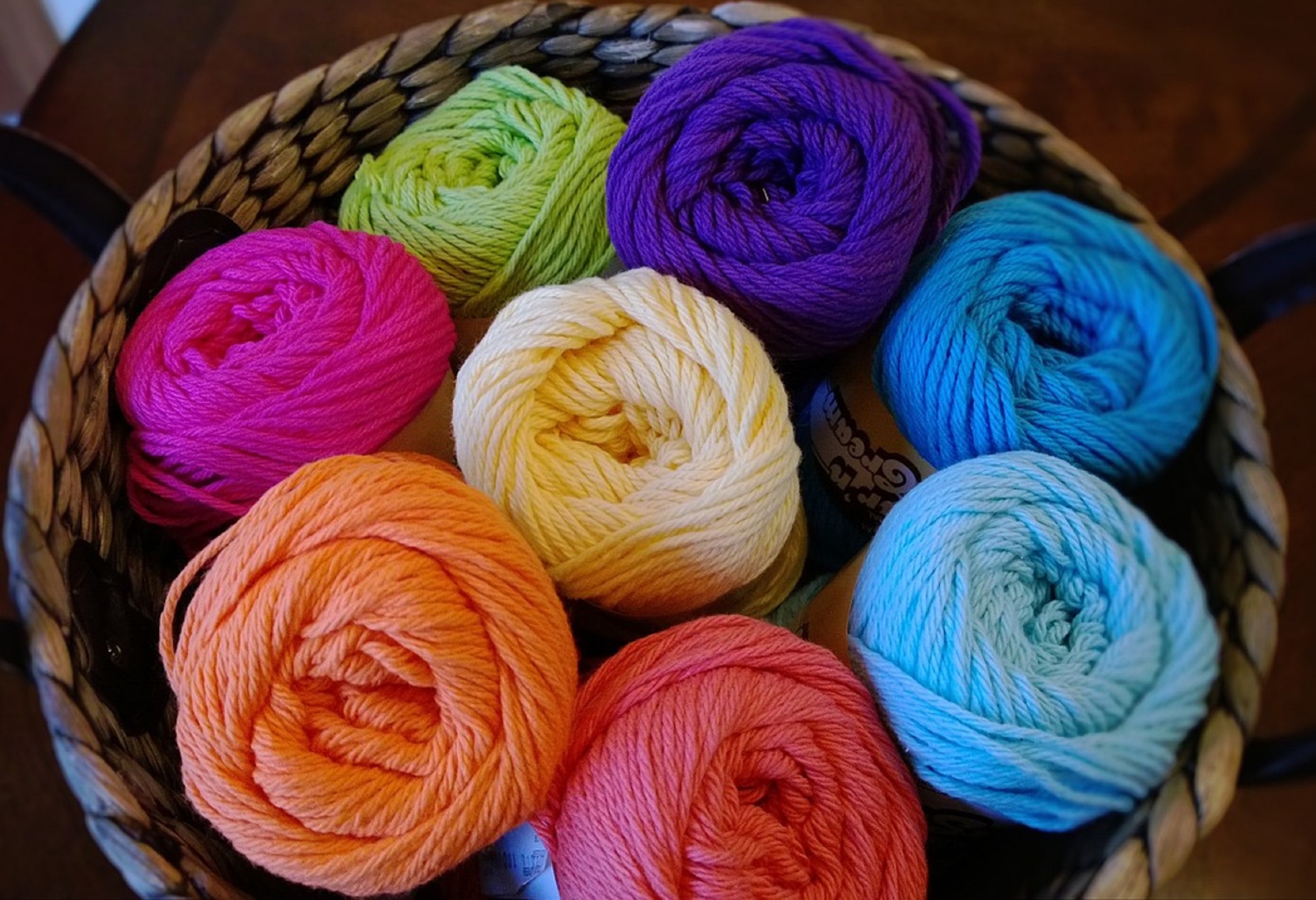
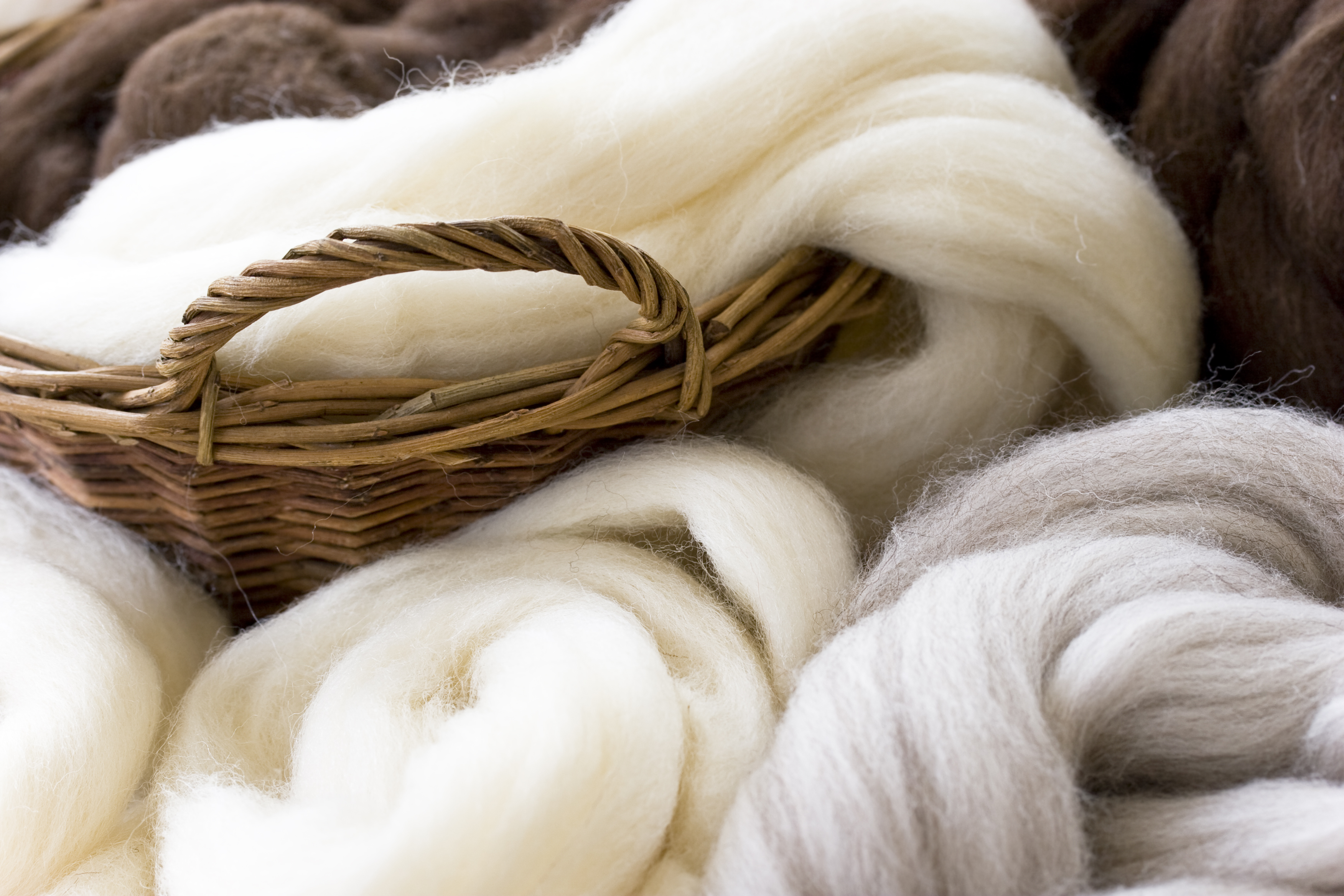

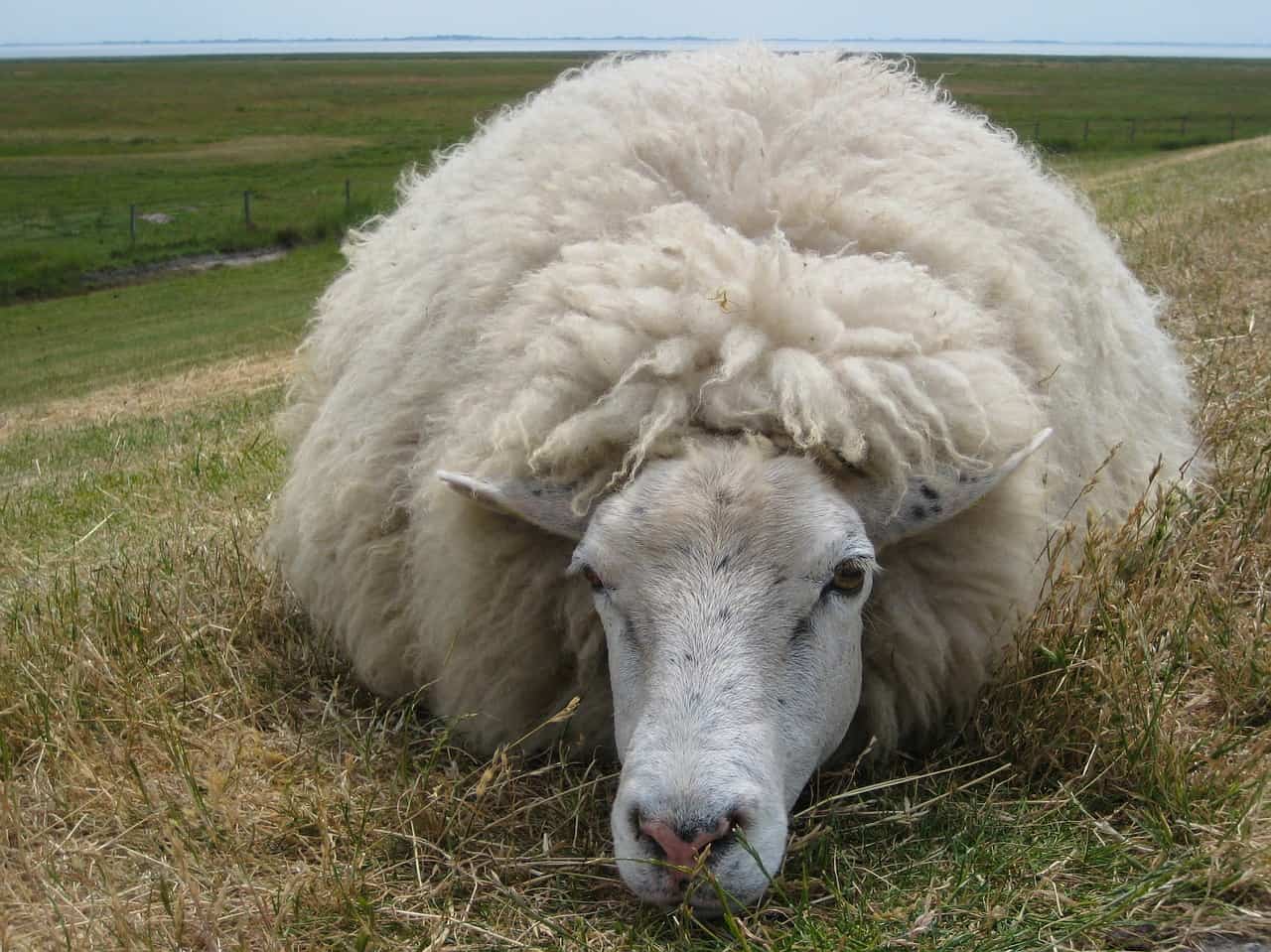









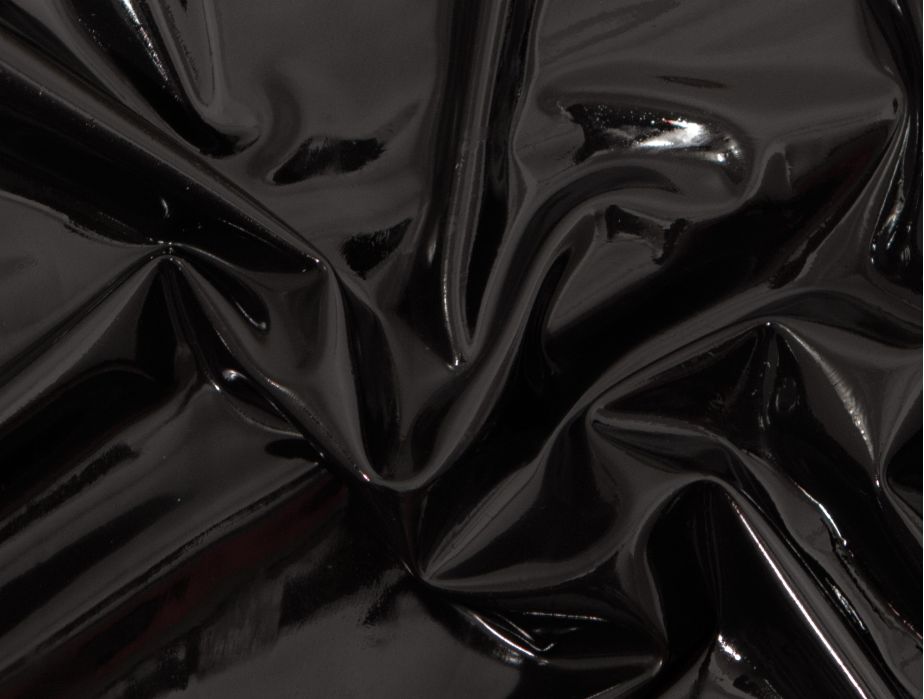

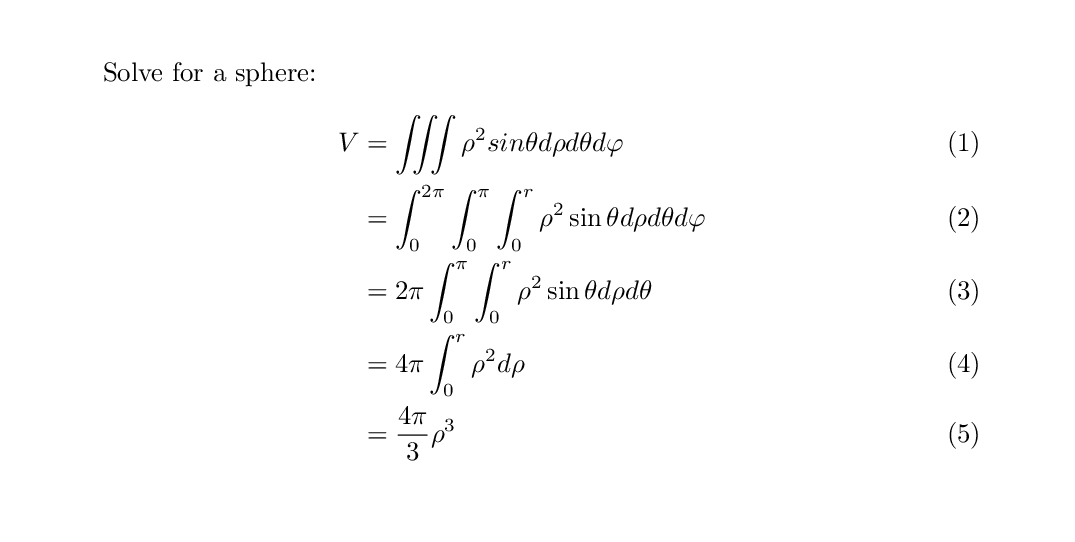


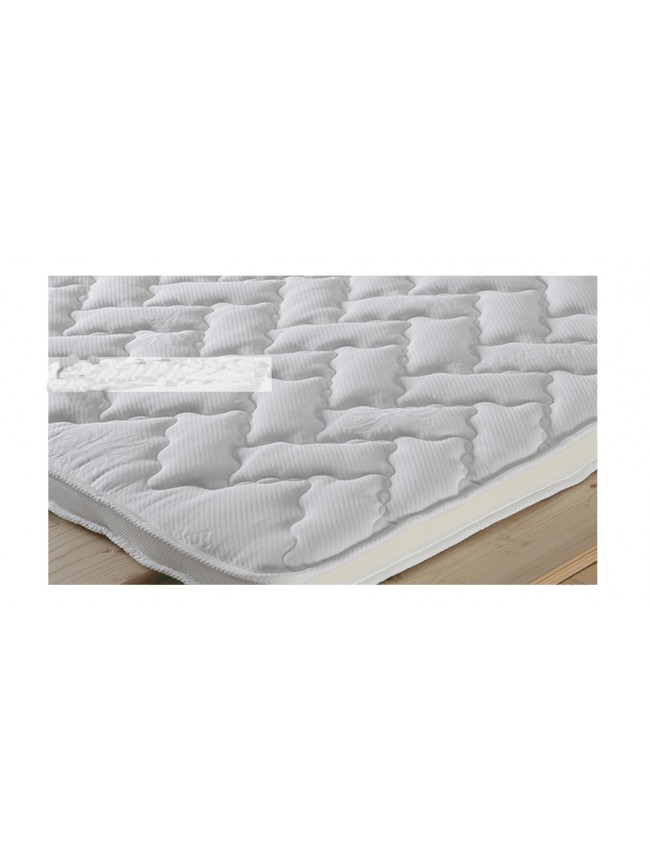
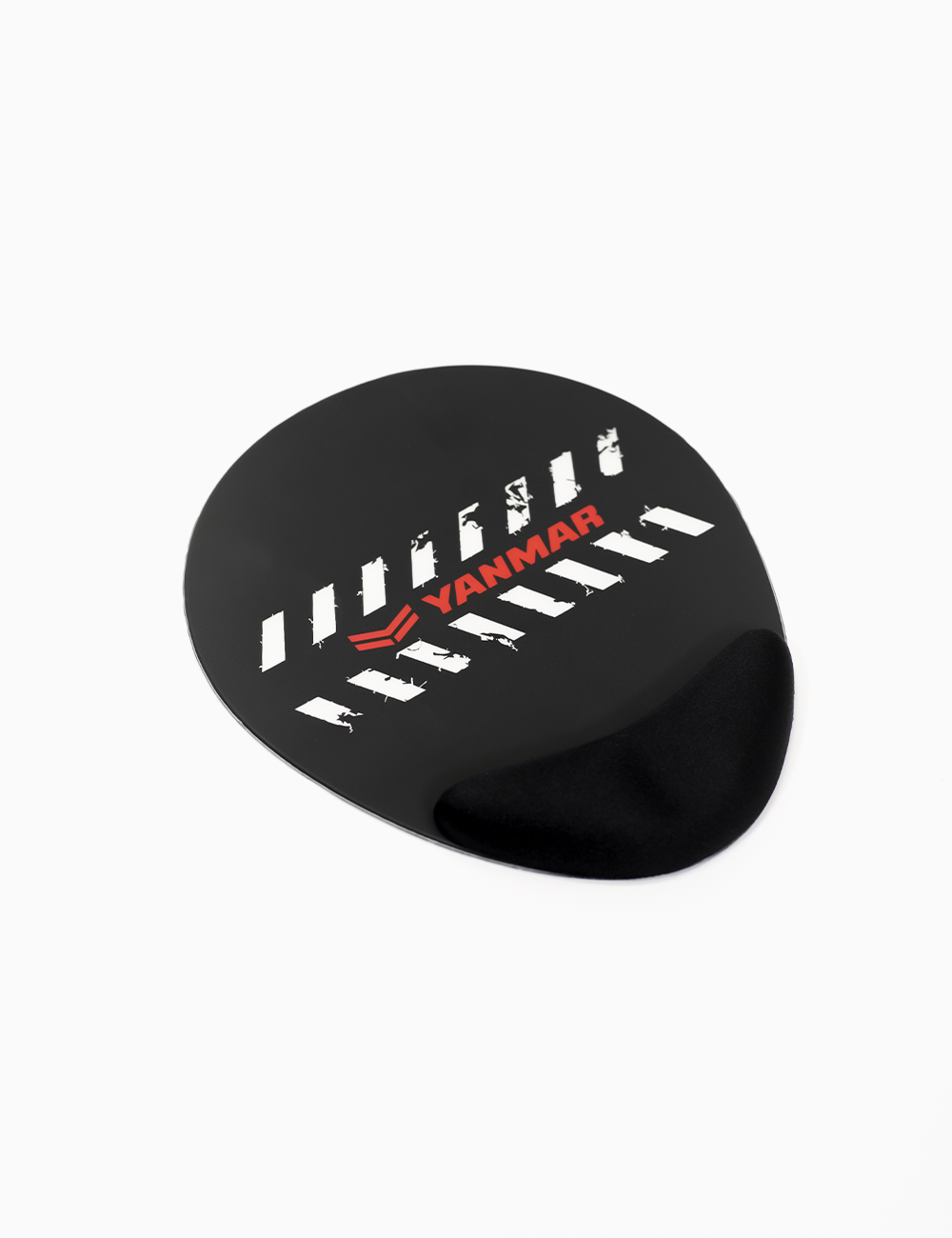



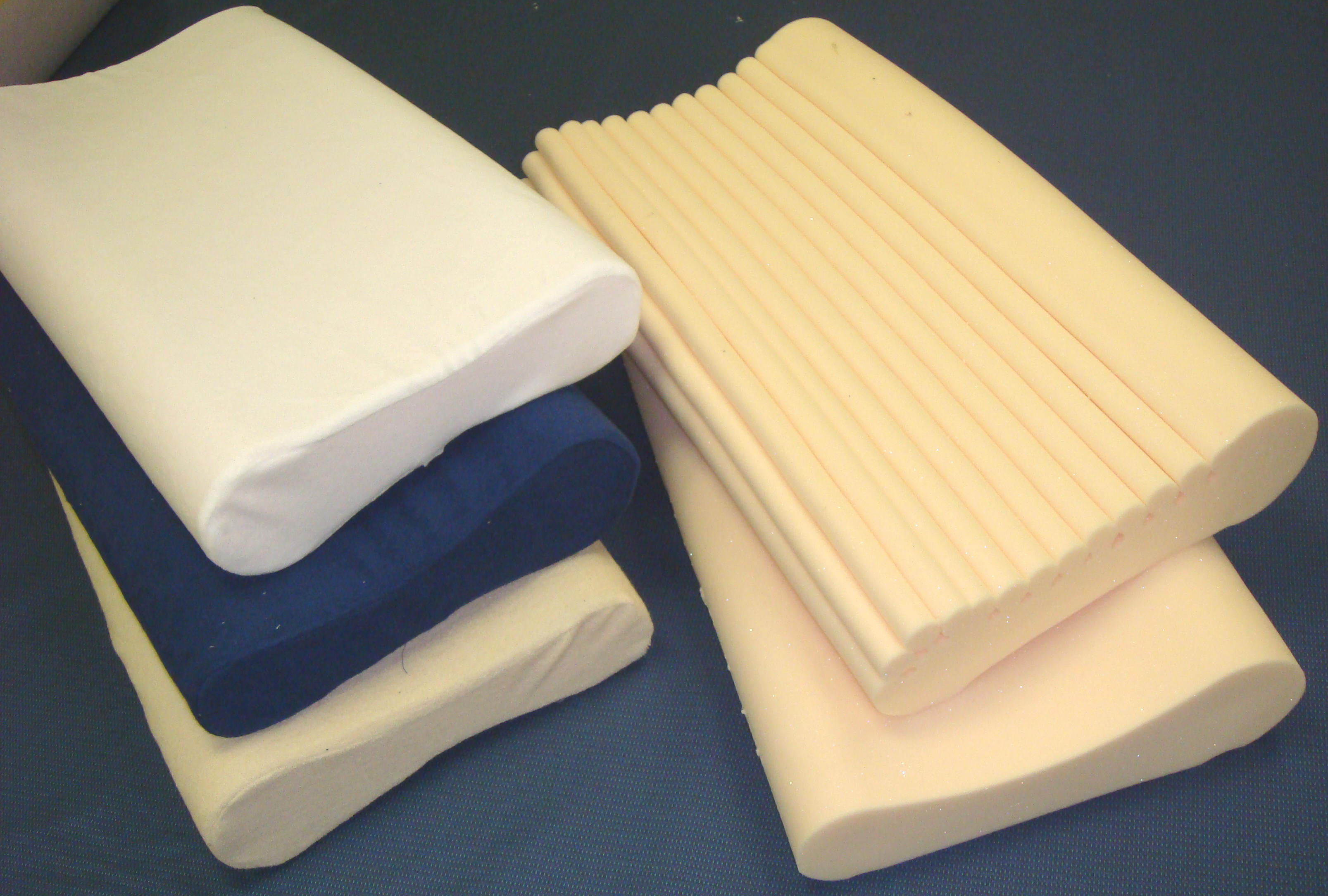
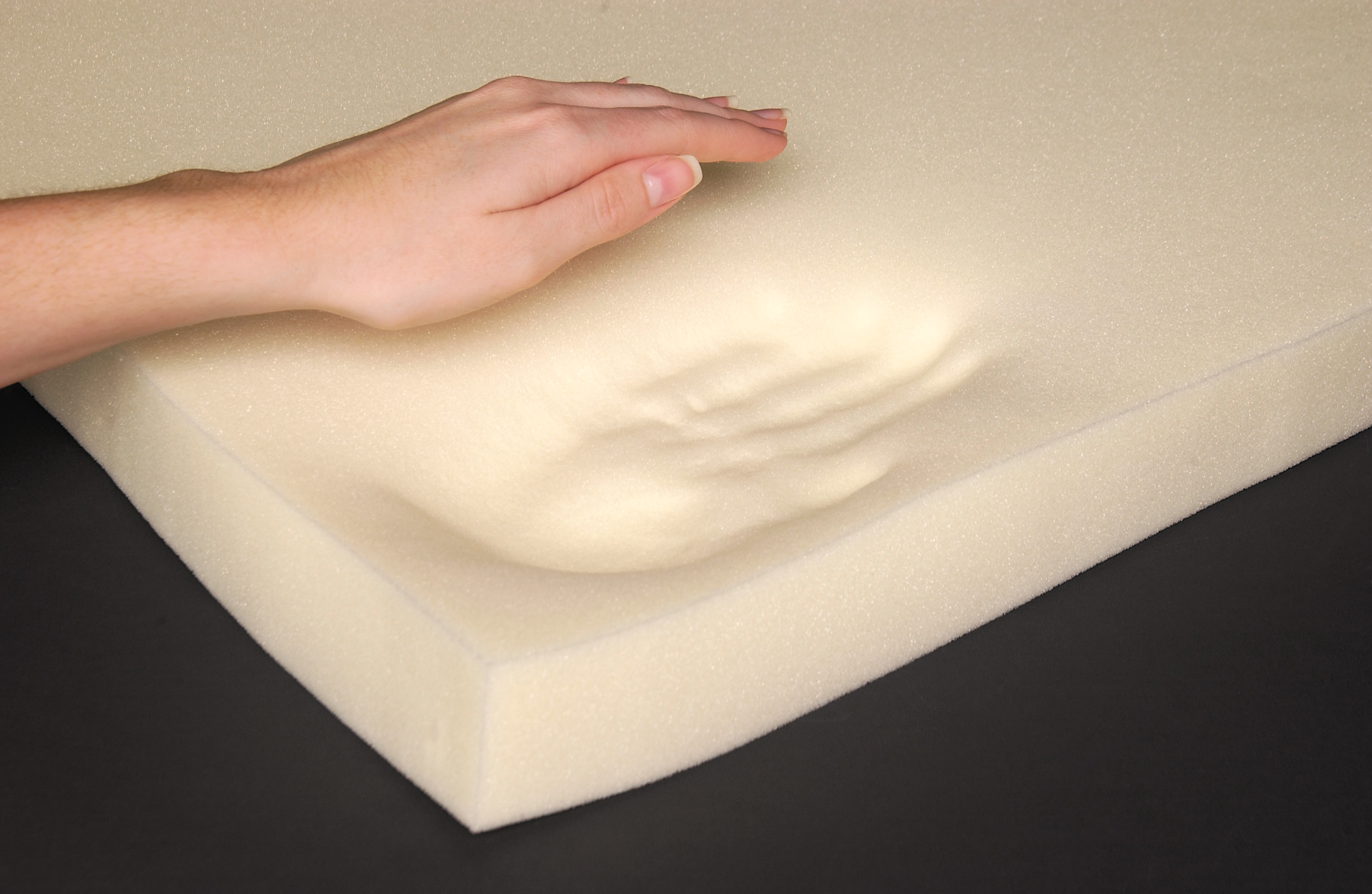
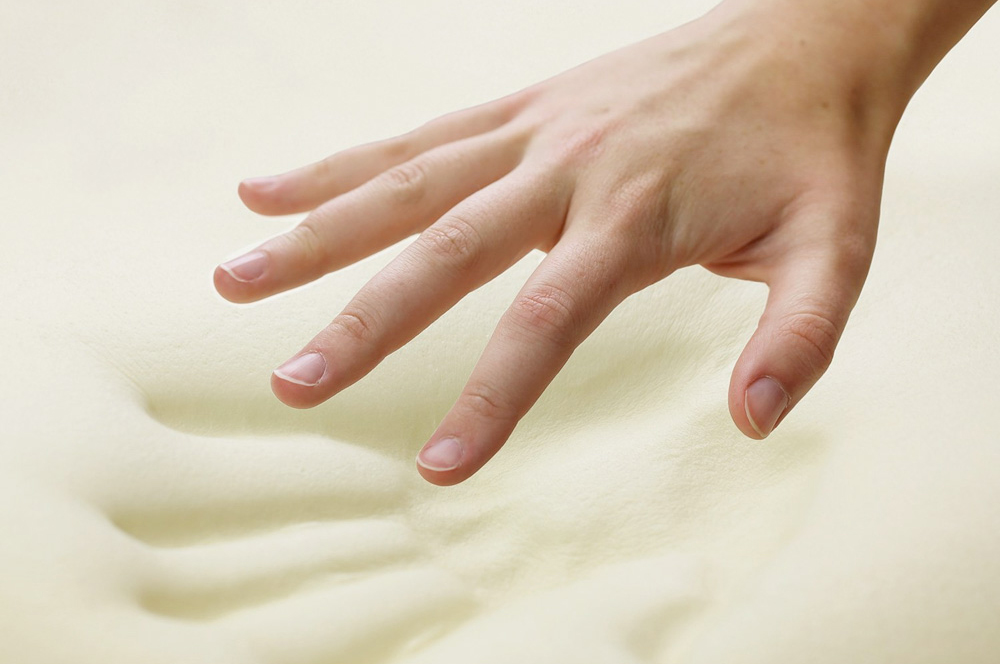

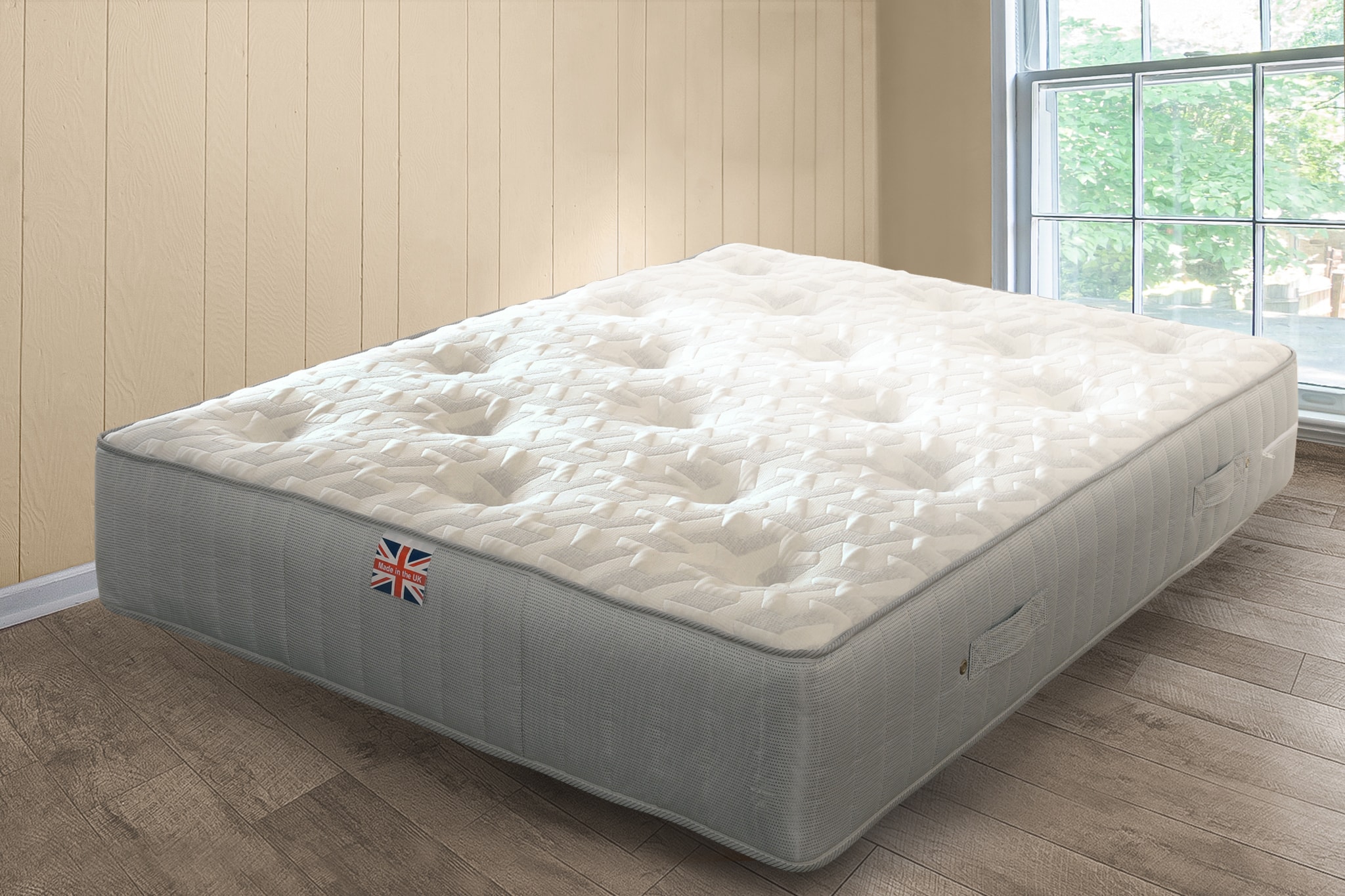

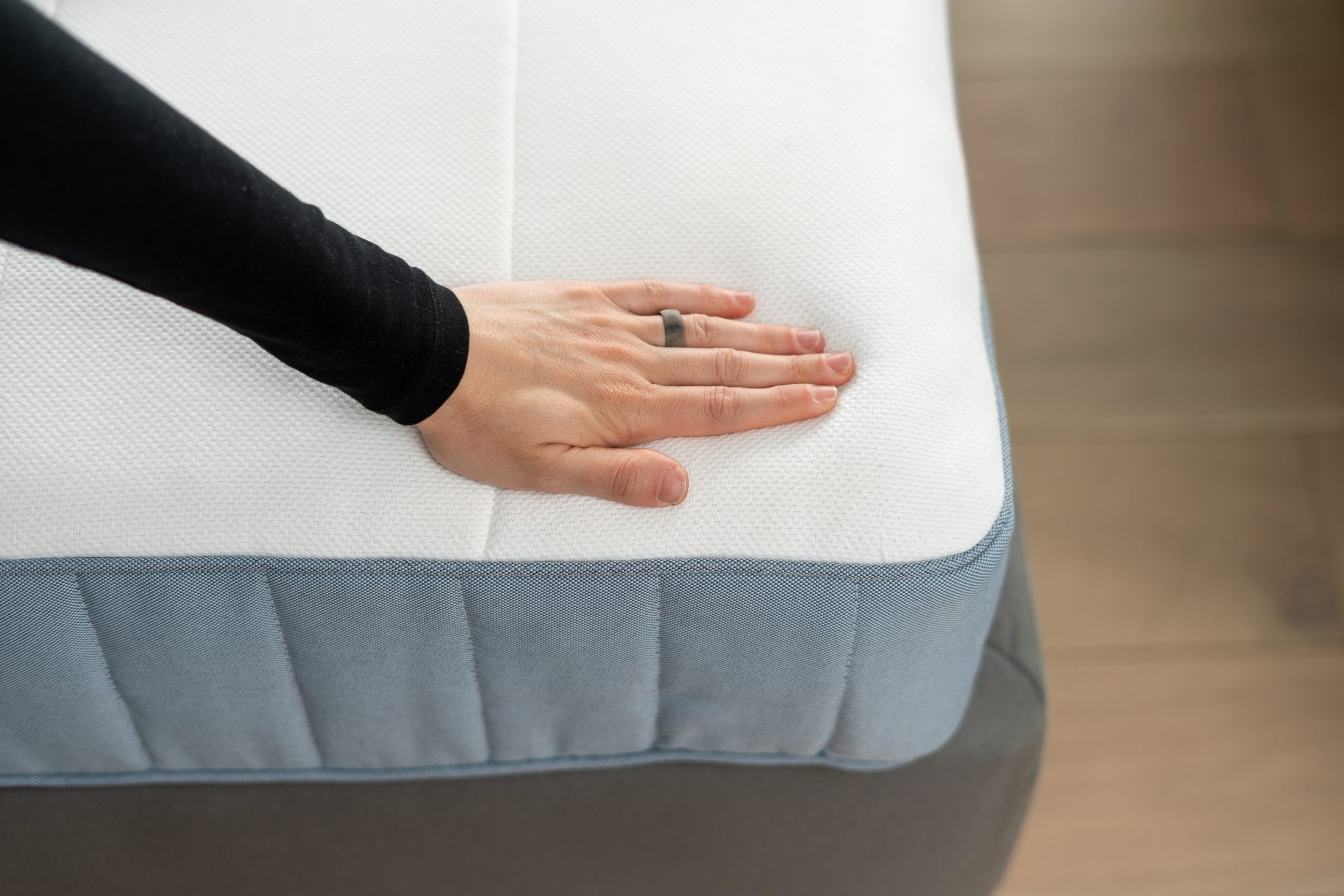


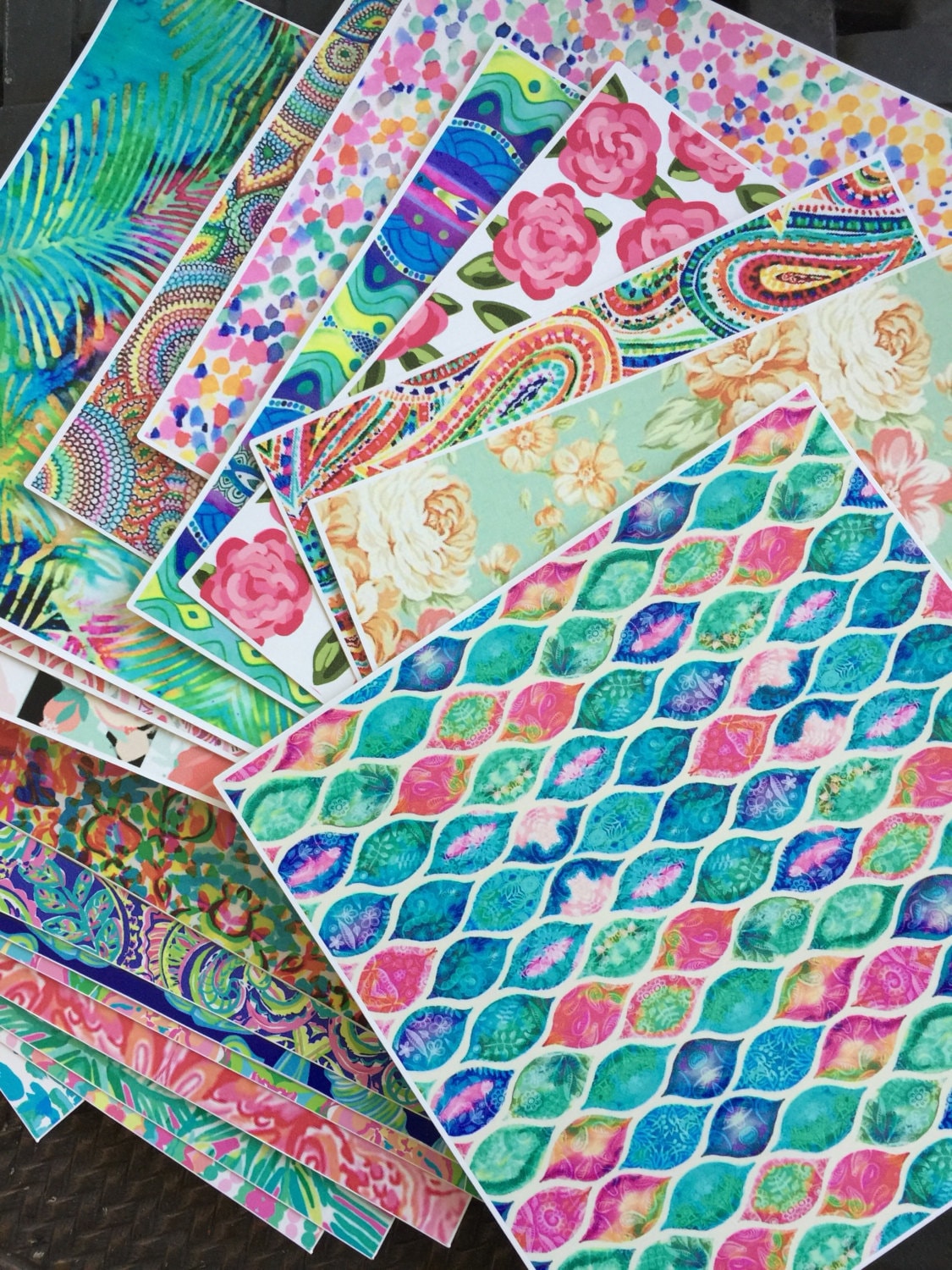


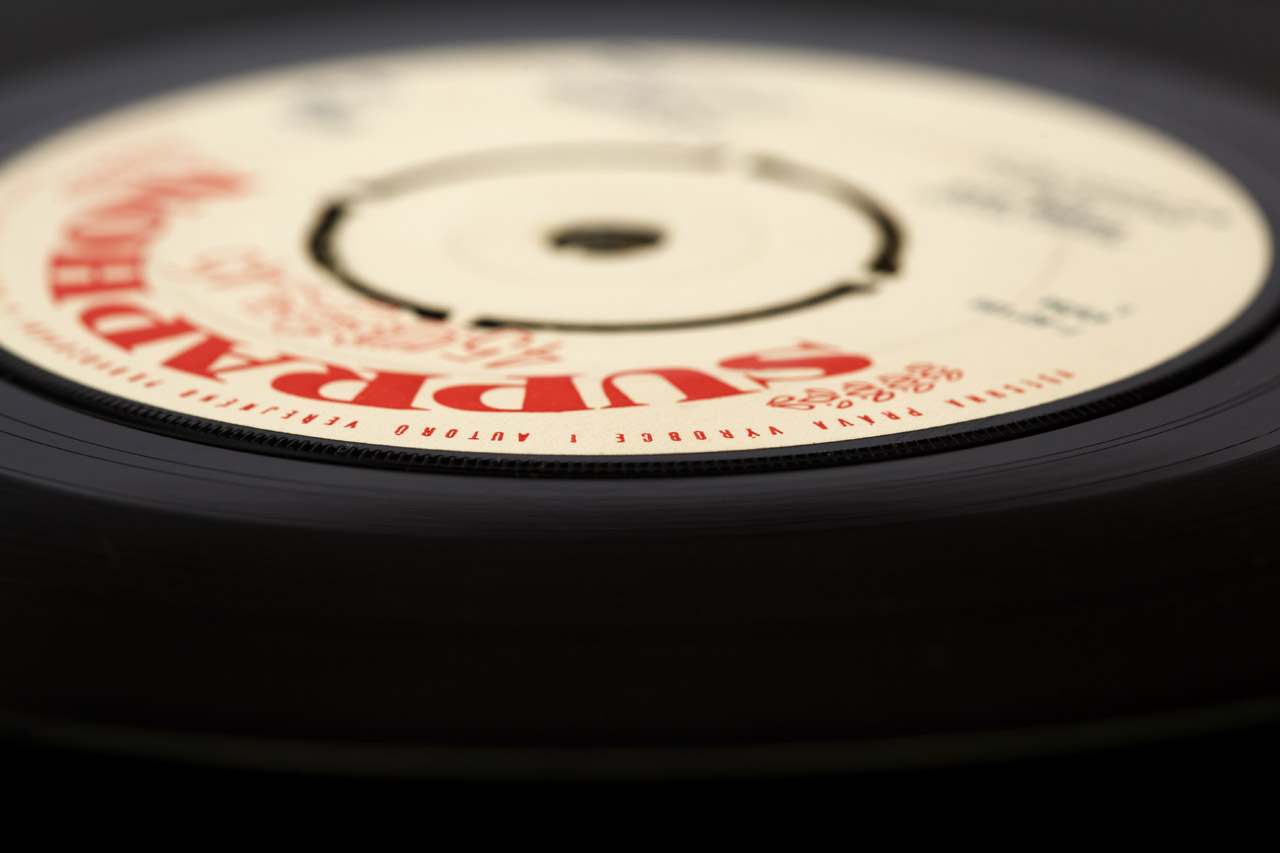
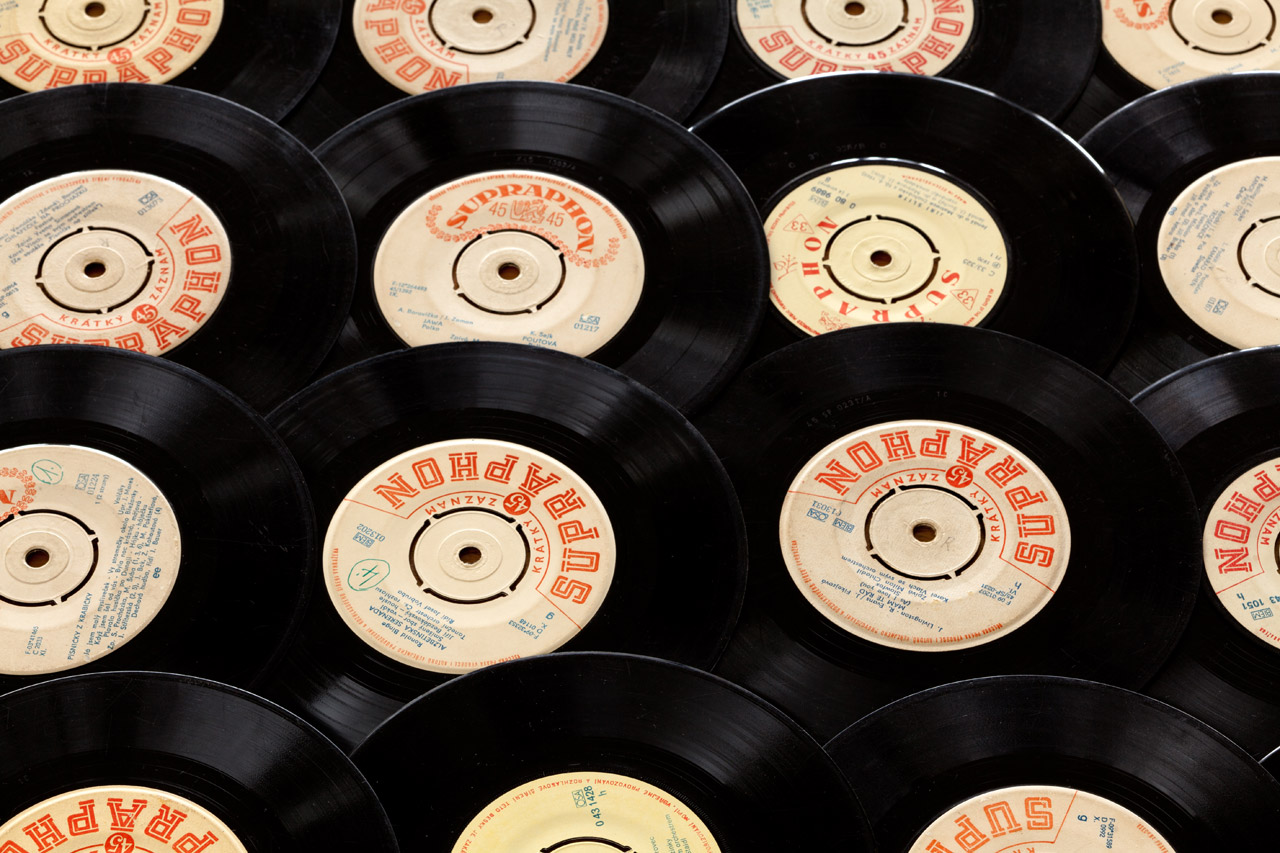




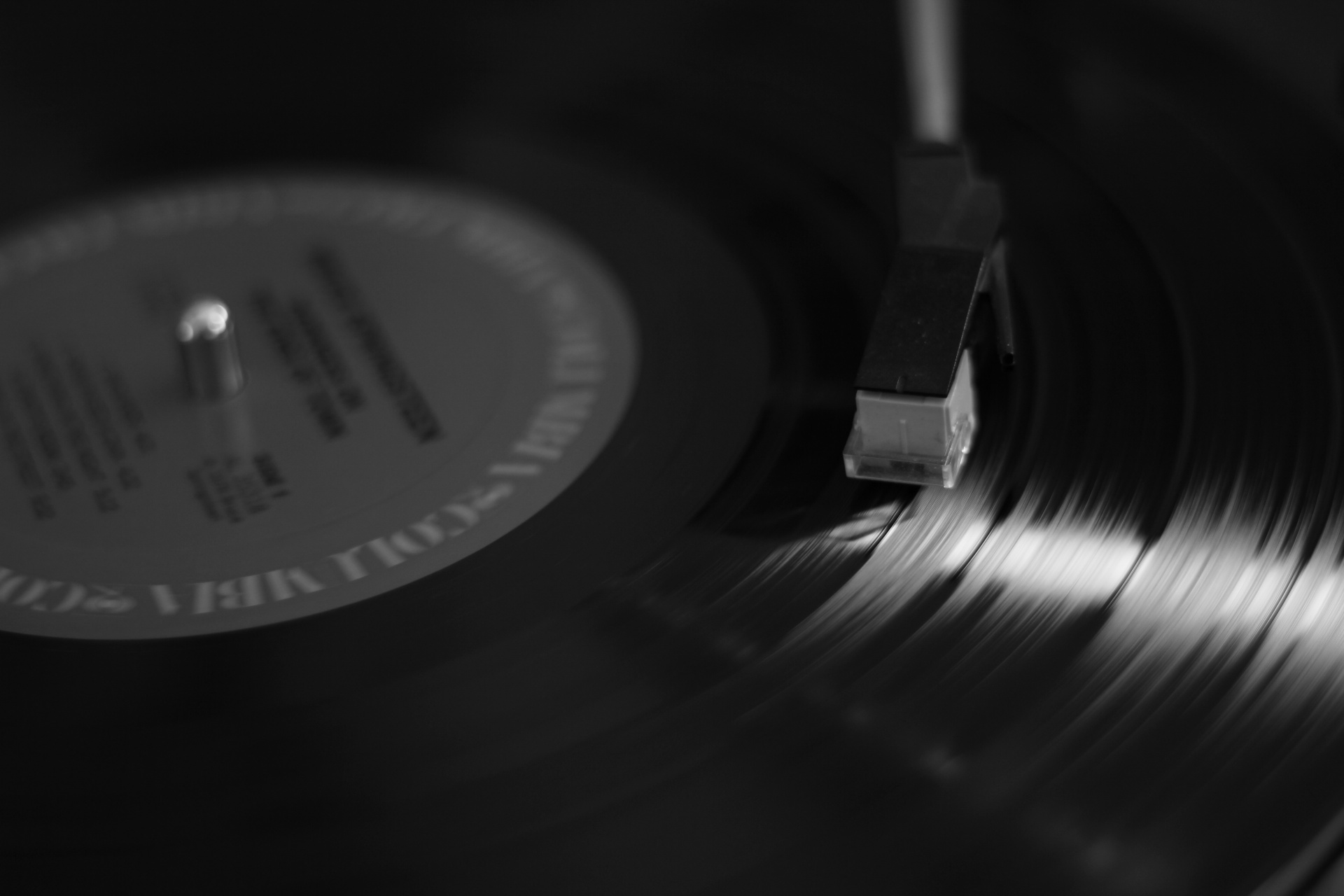




/GettyImages-186883675-58defd1a5f9b58ef7eebf11f.jpg)






